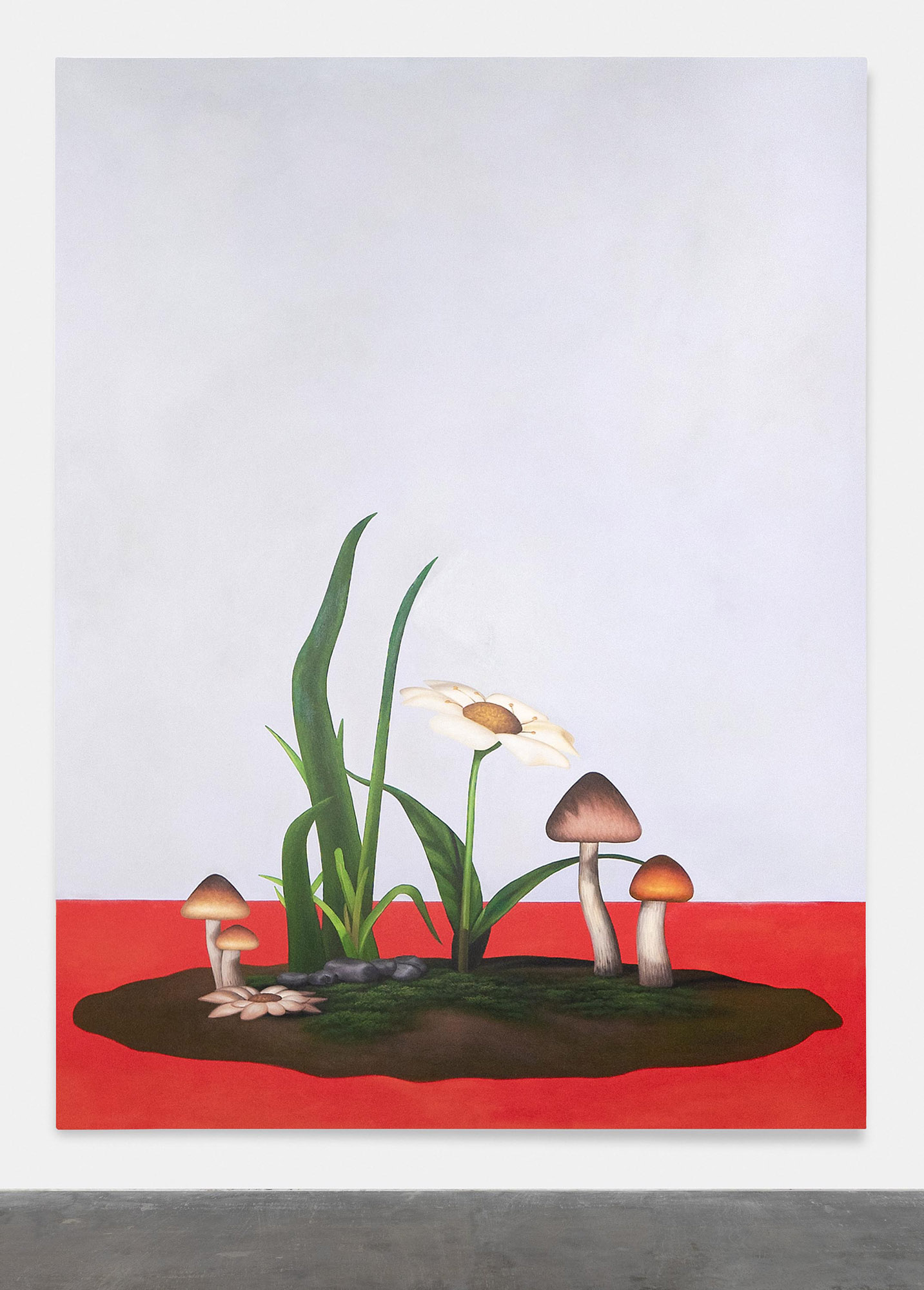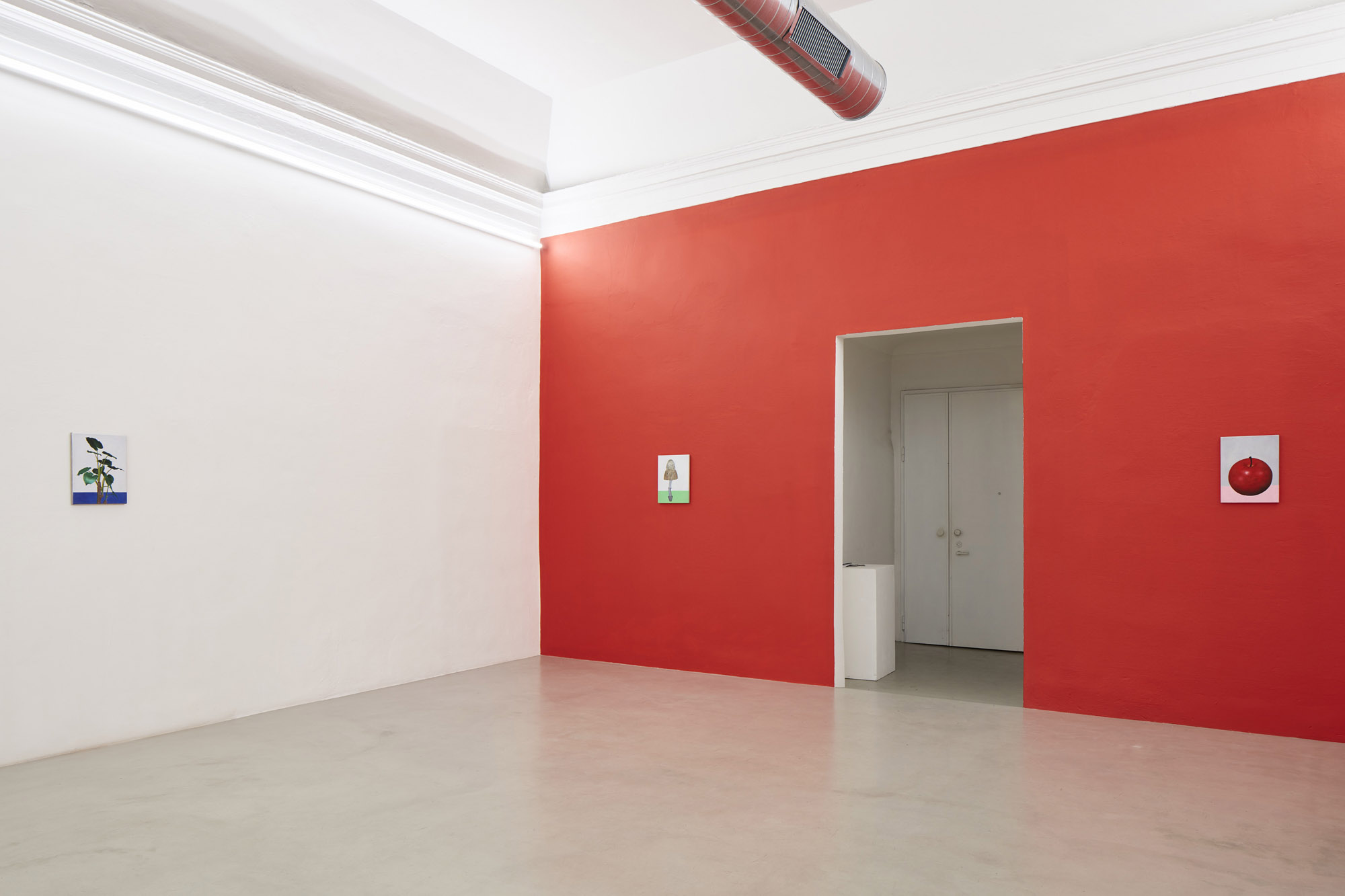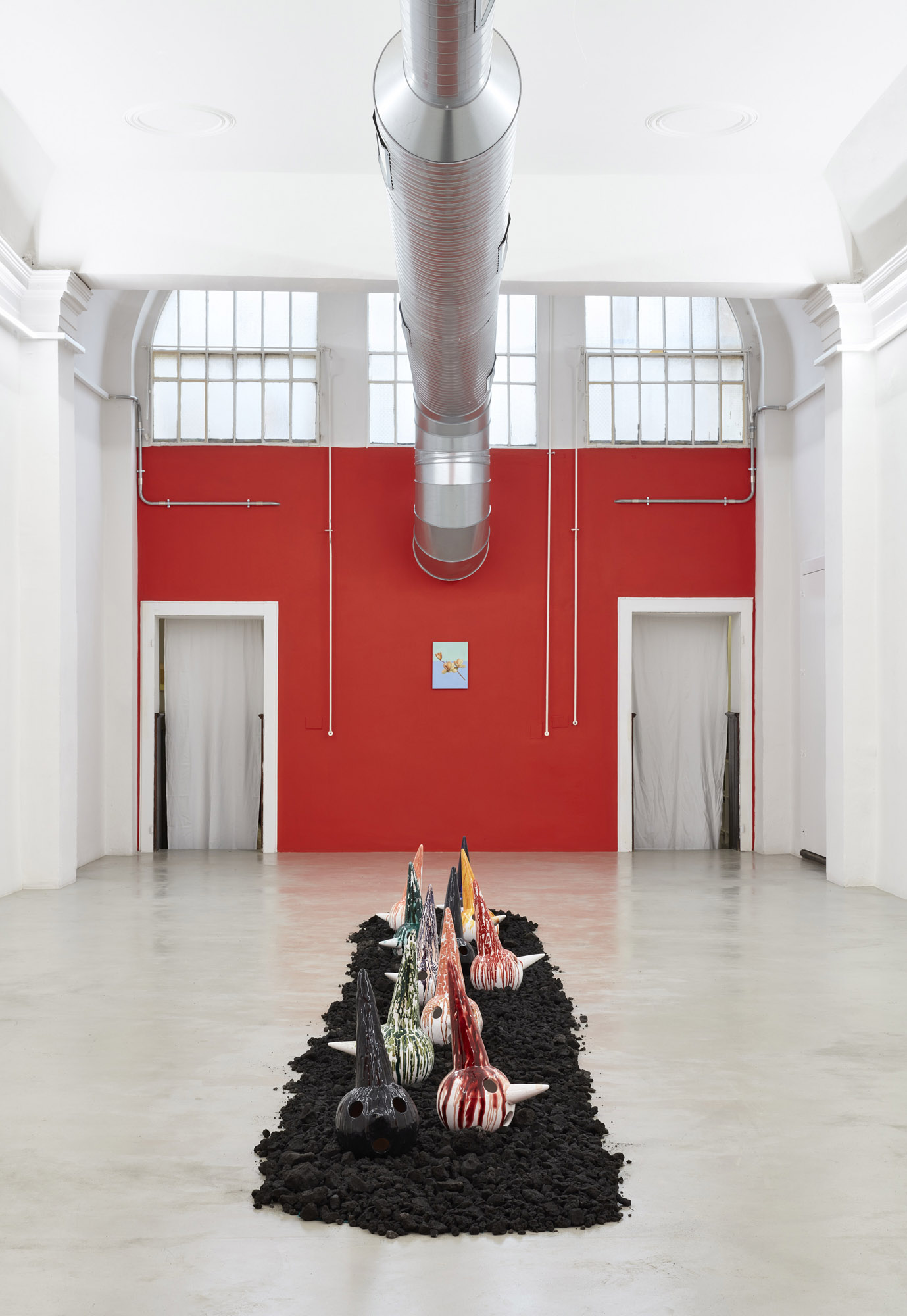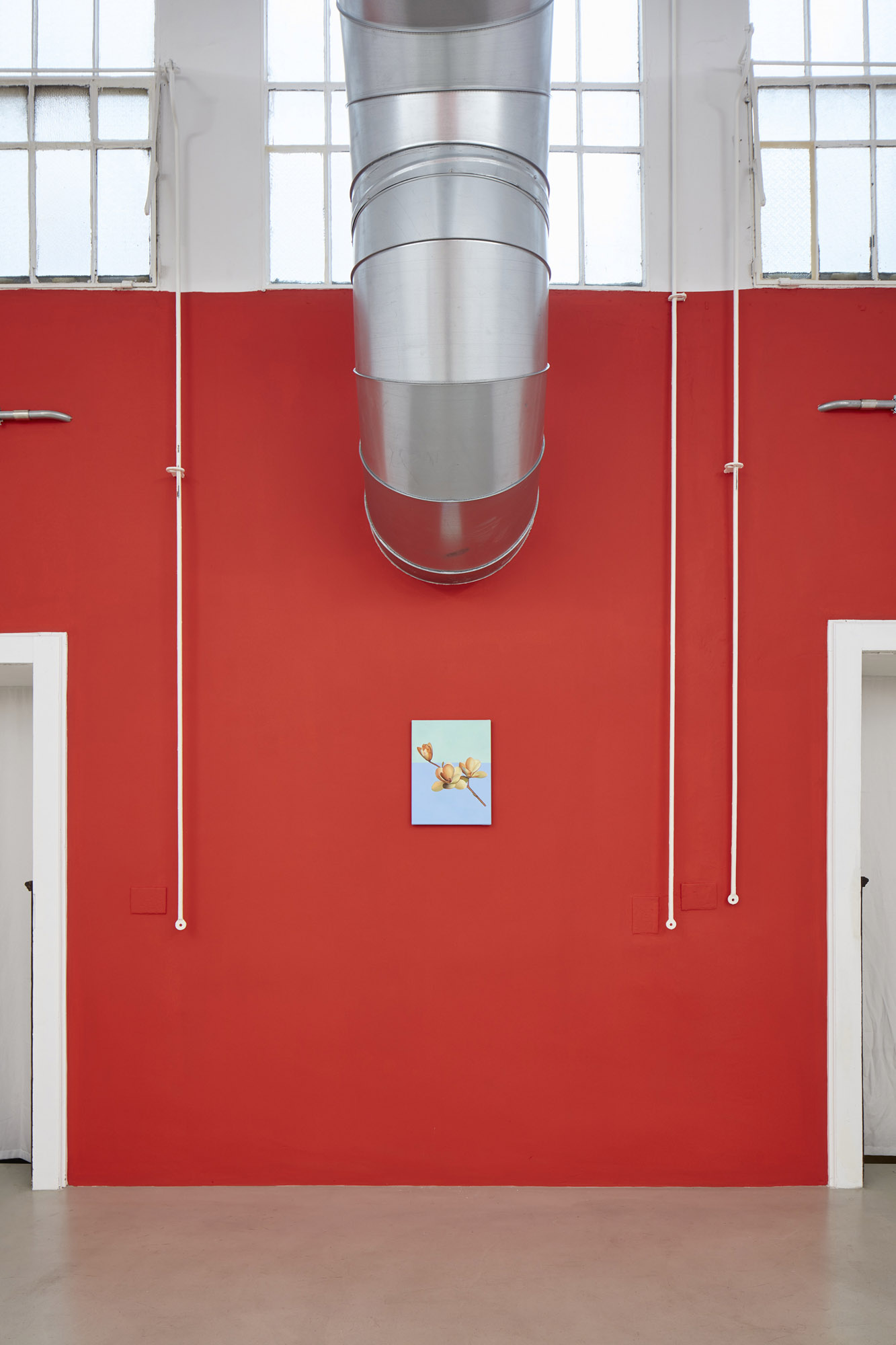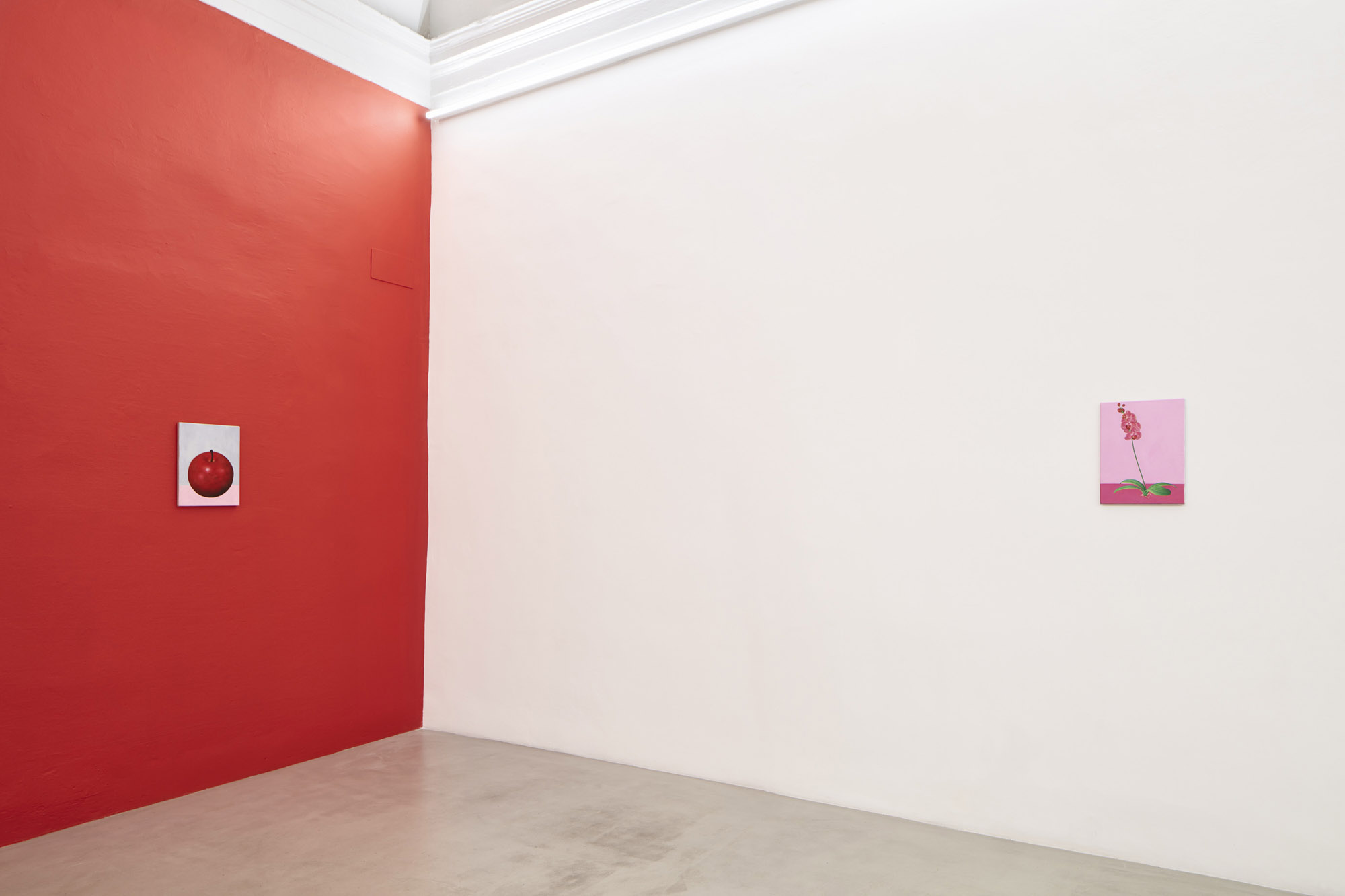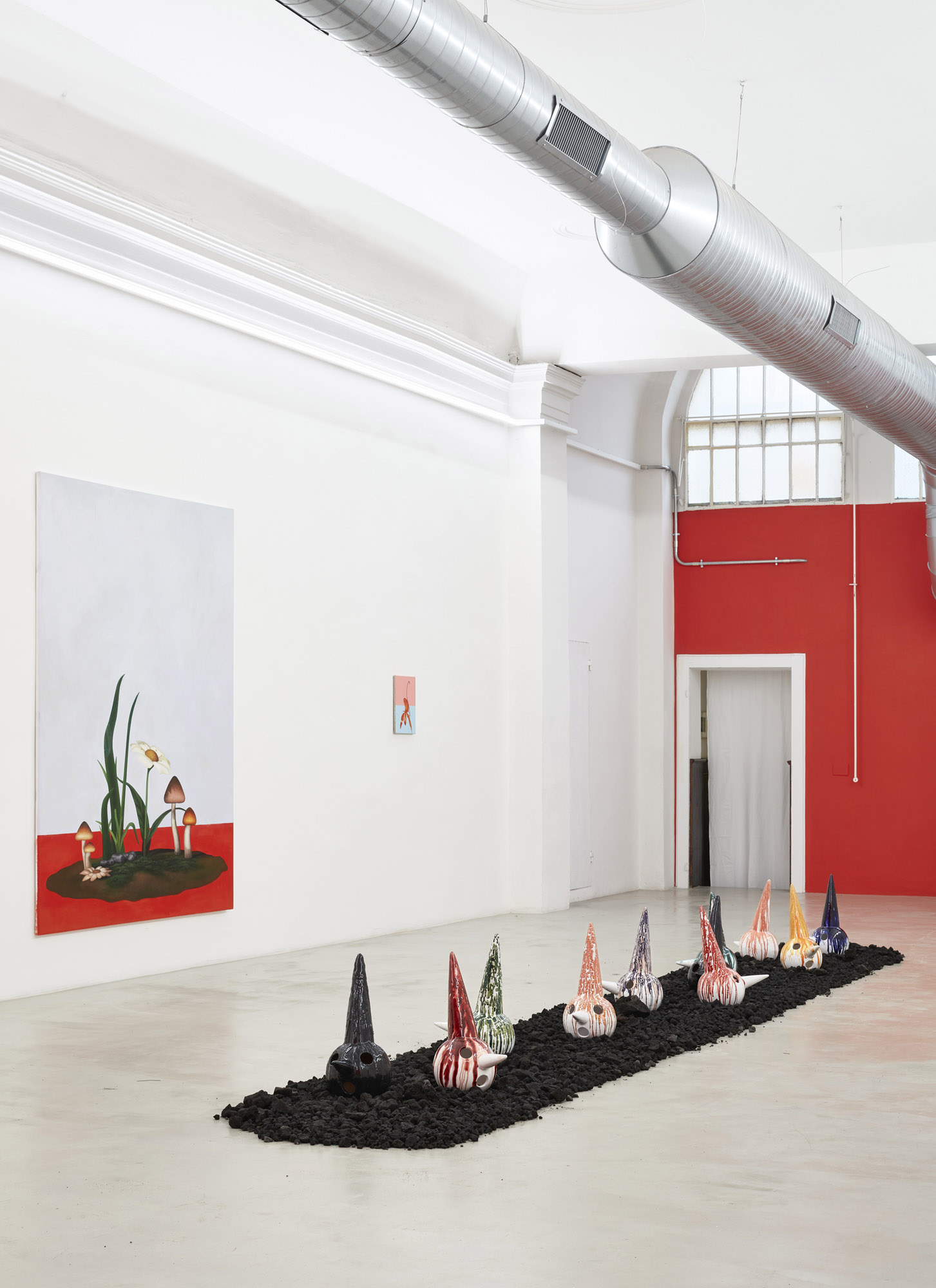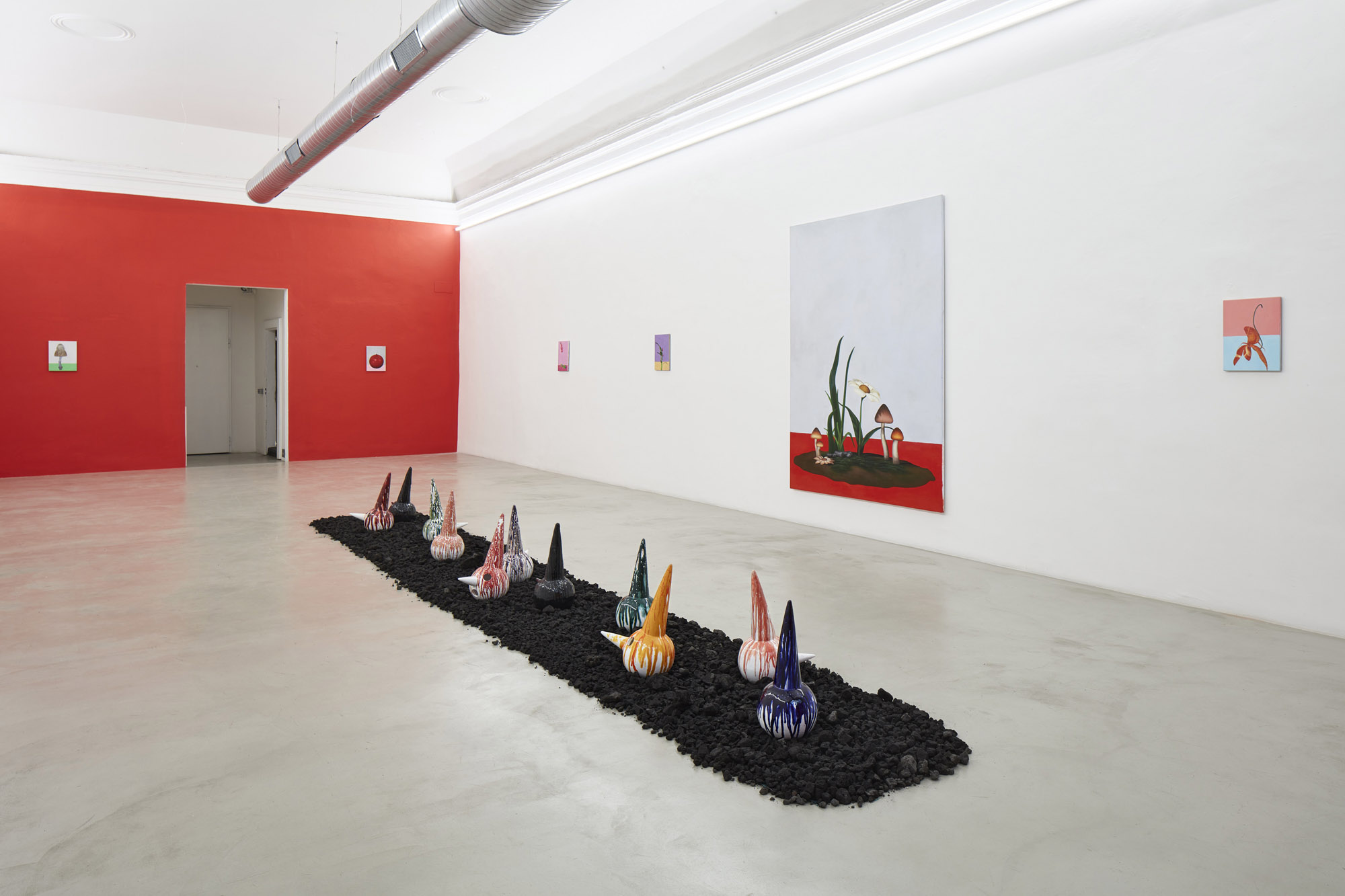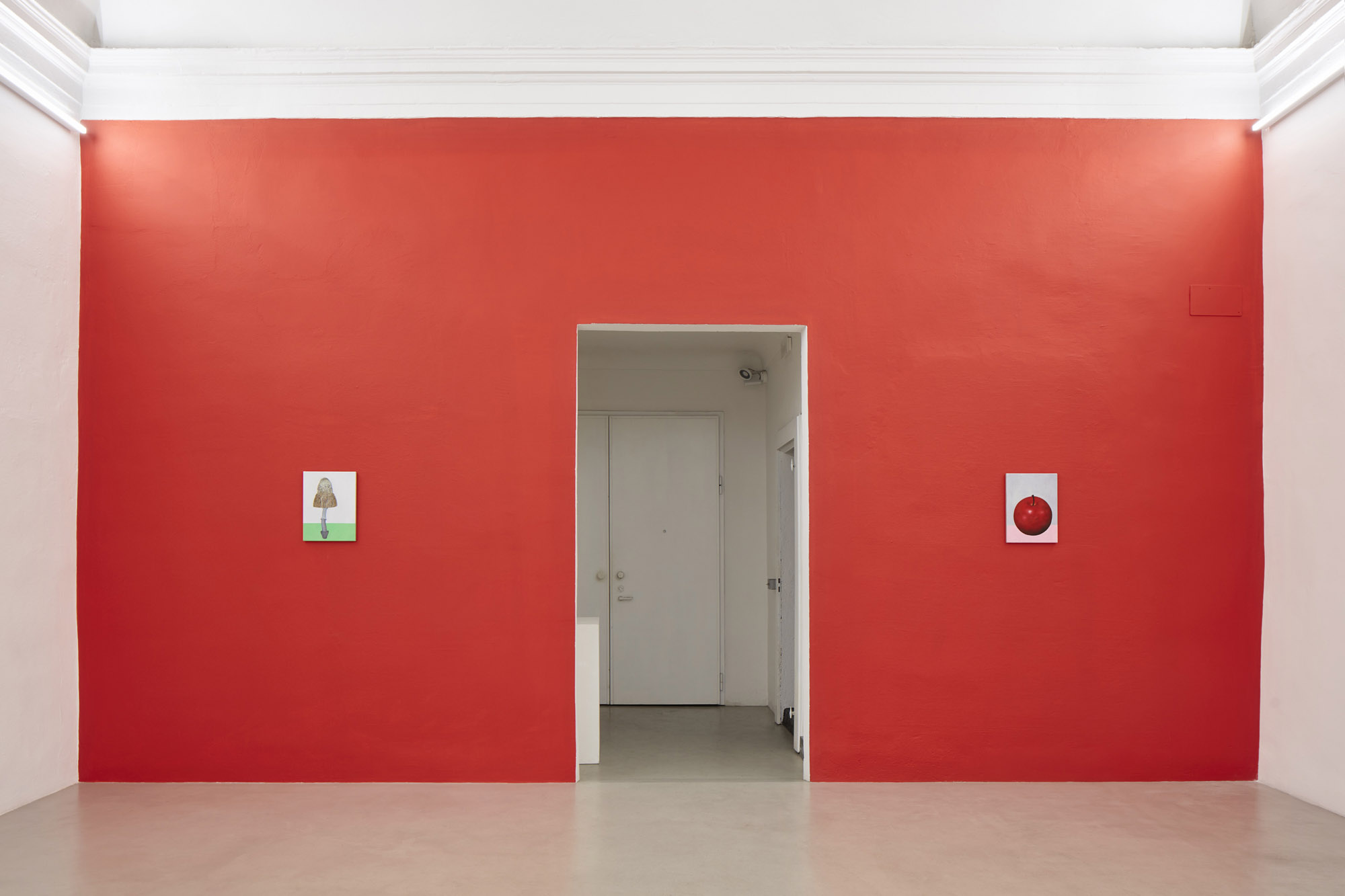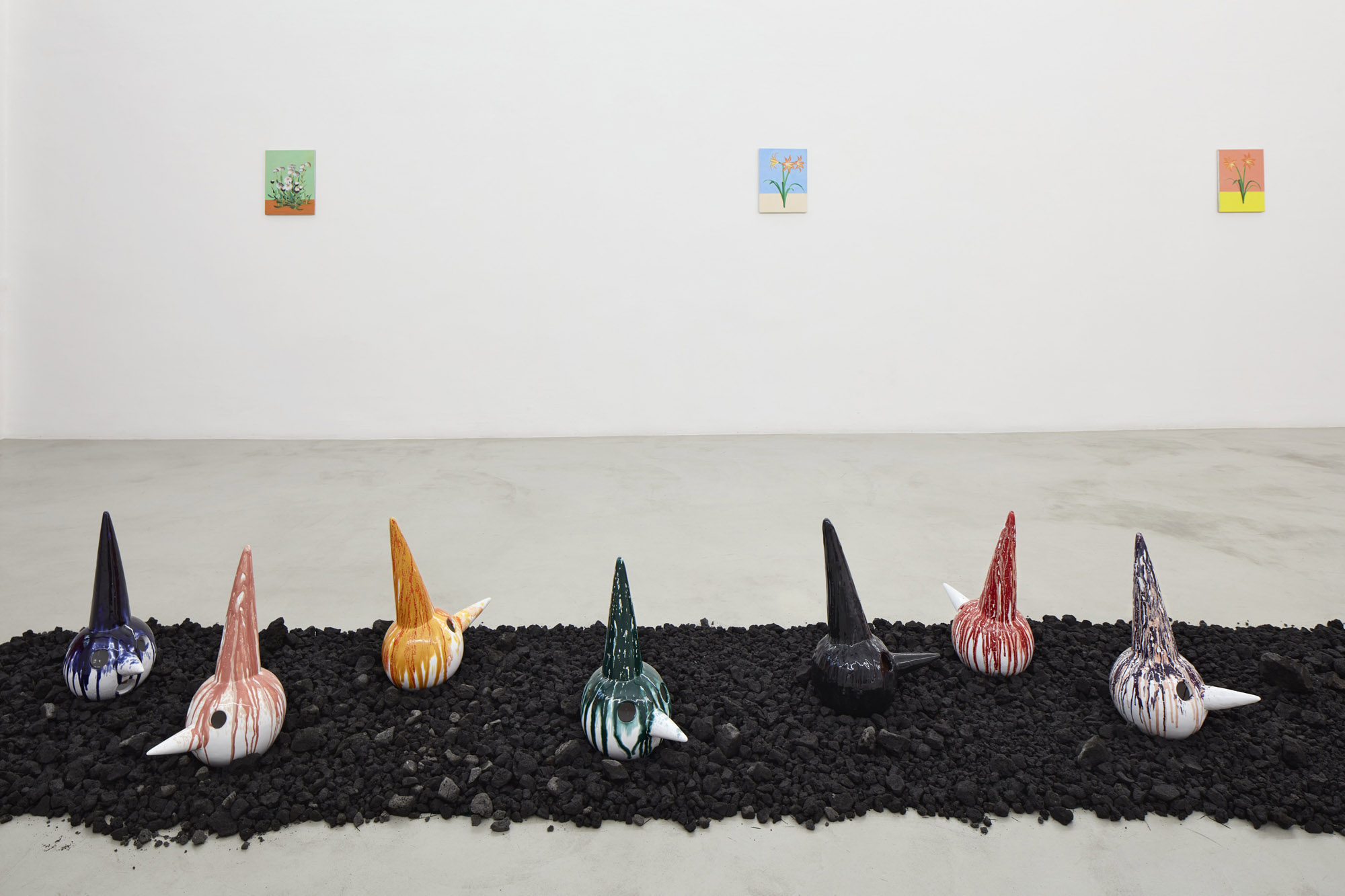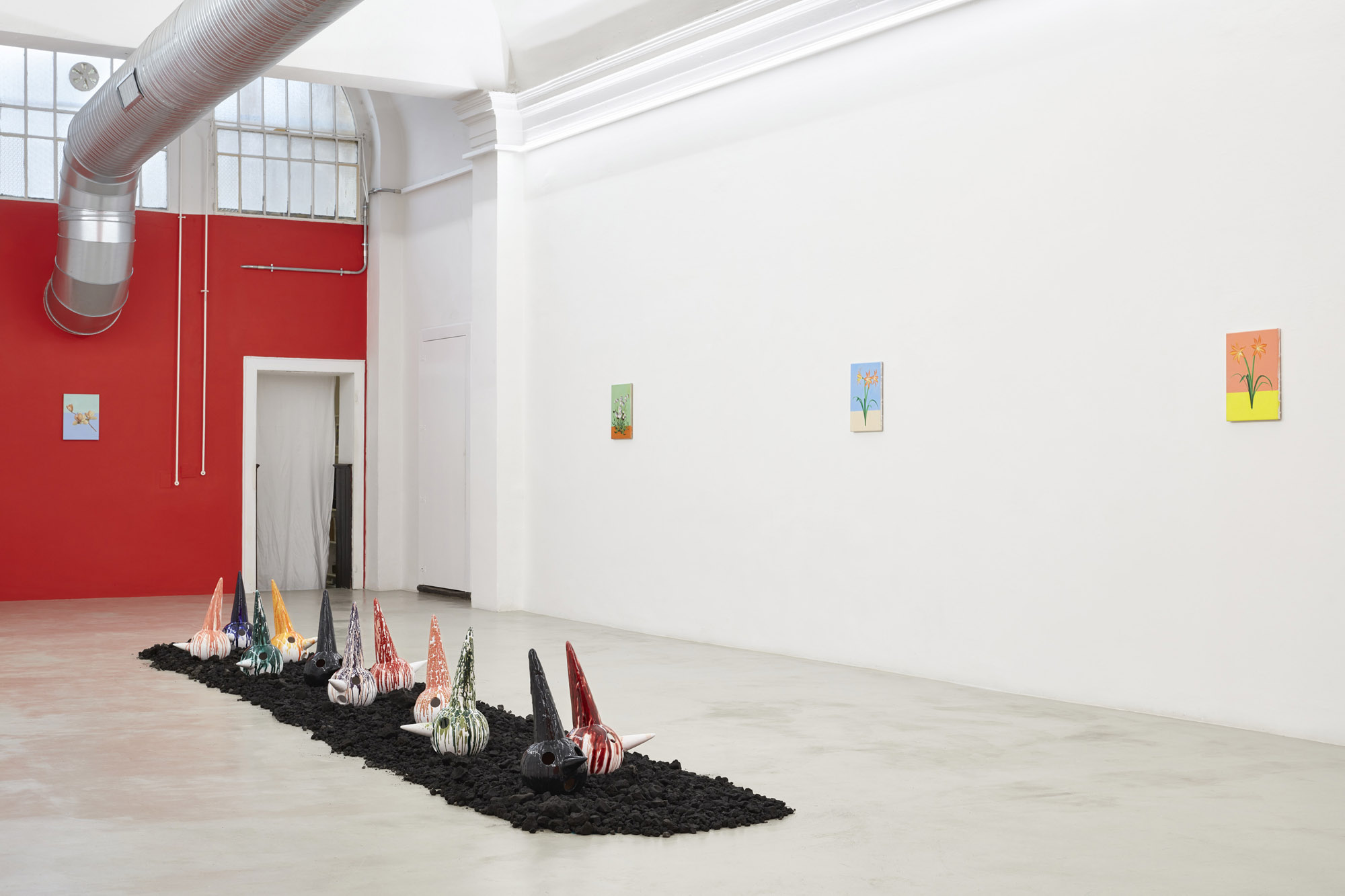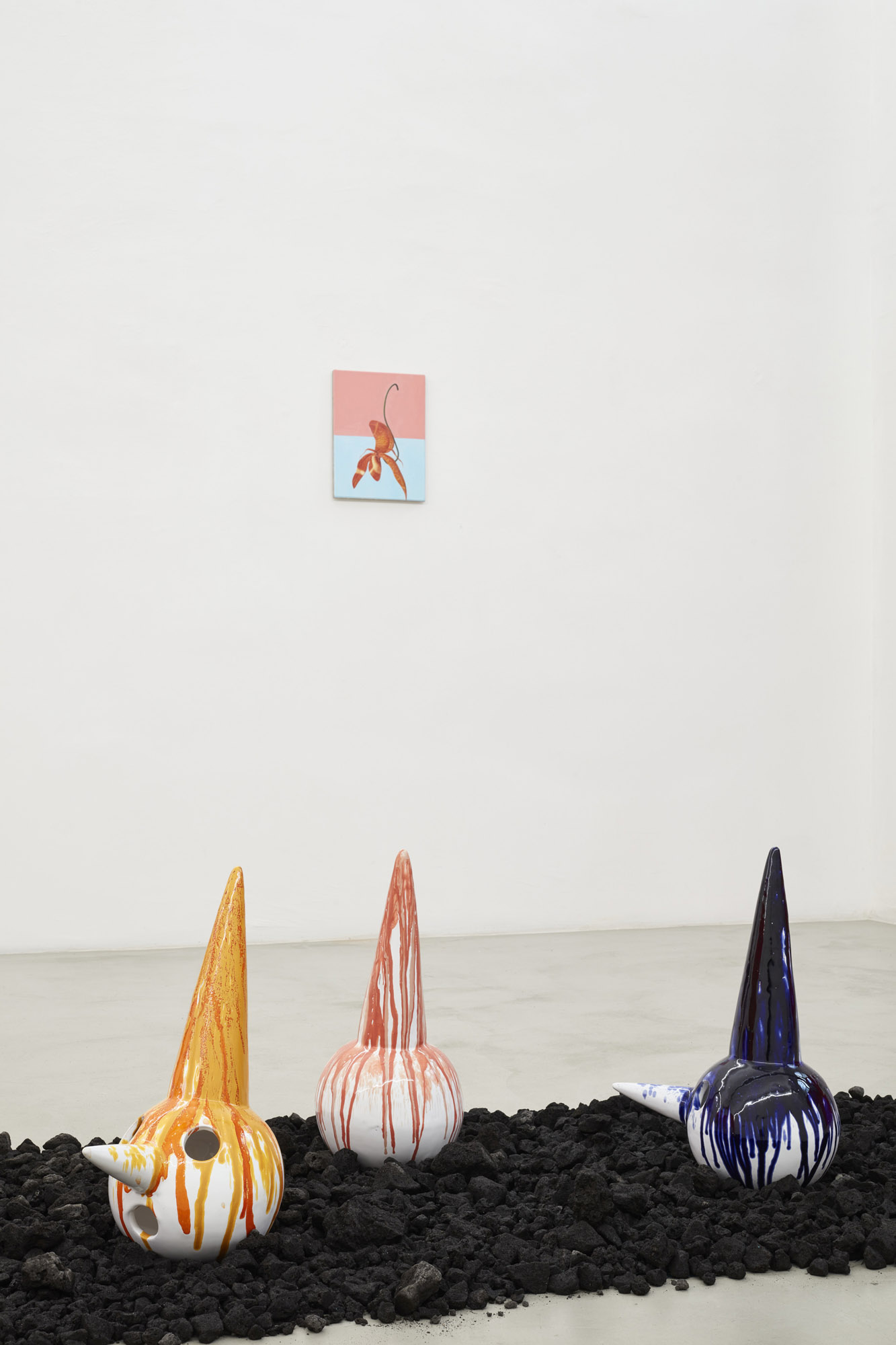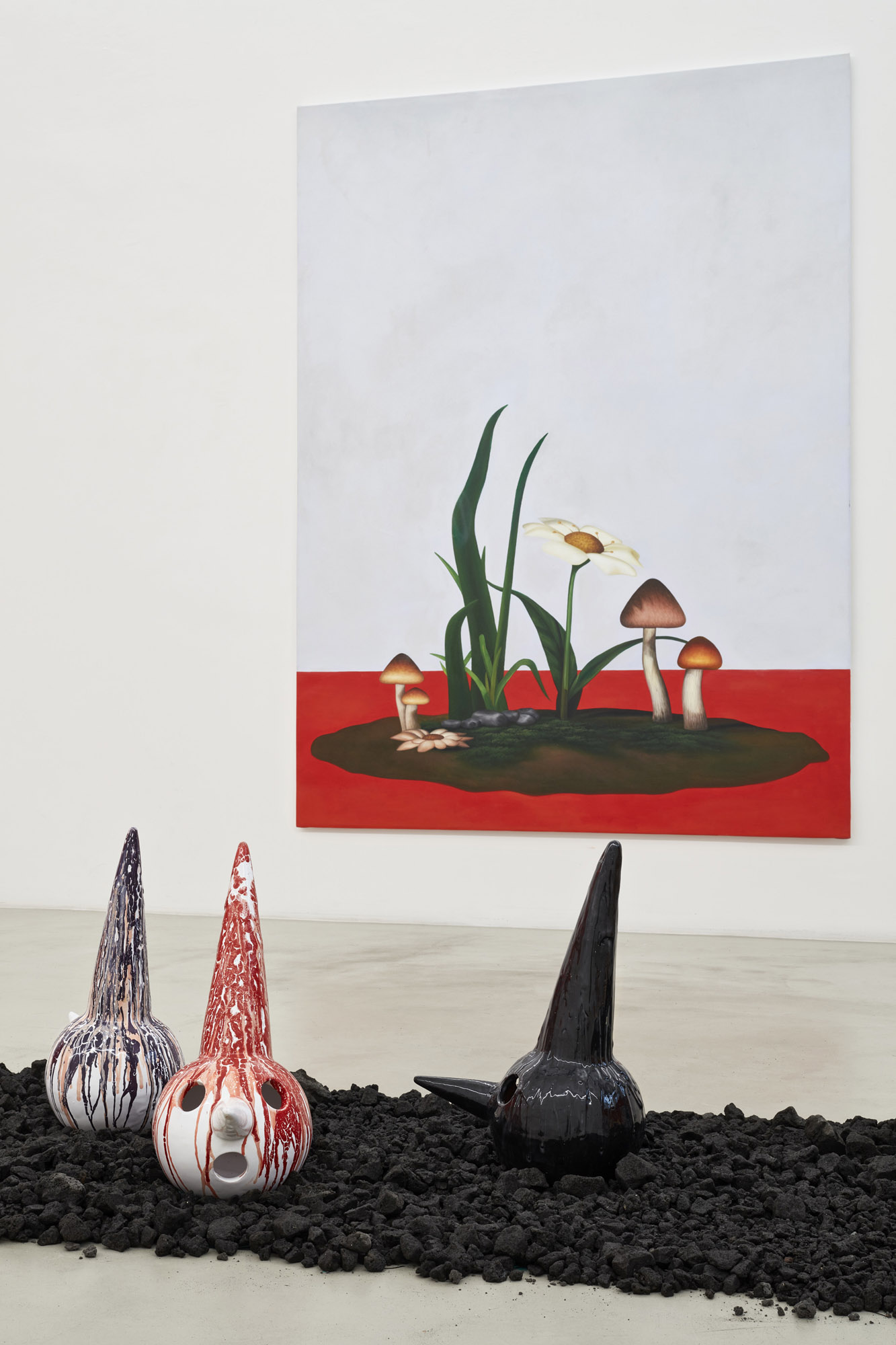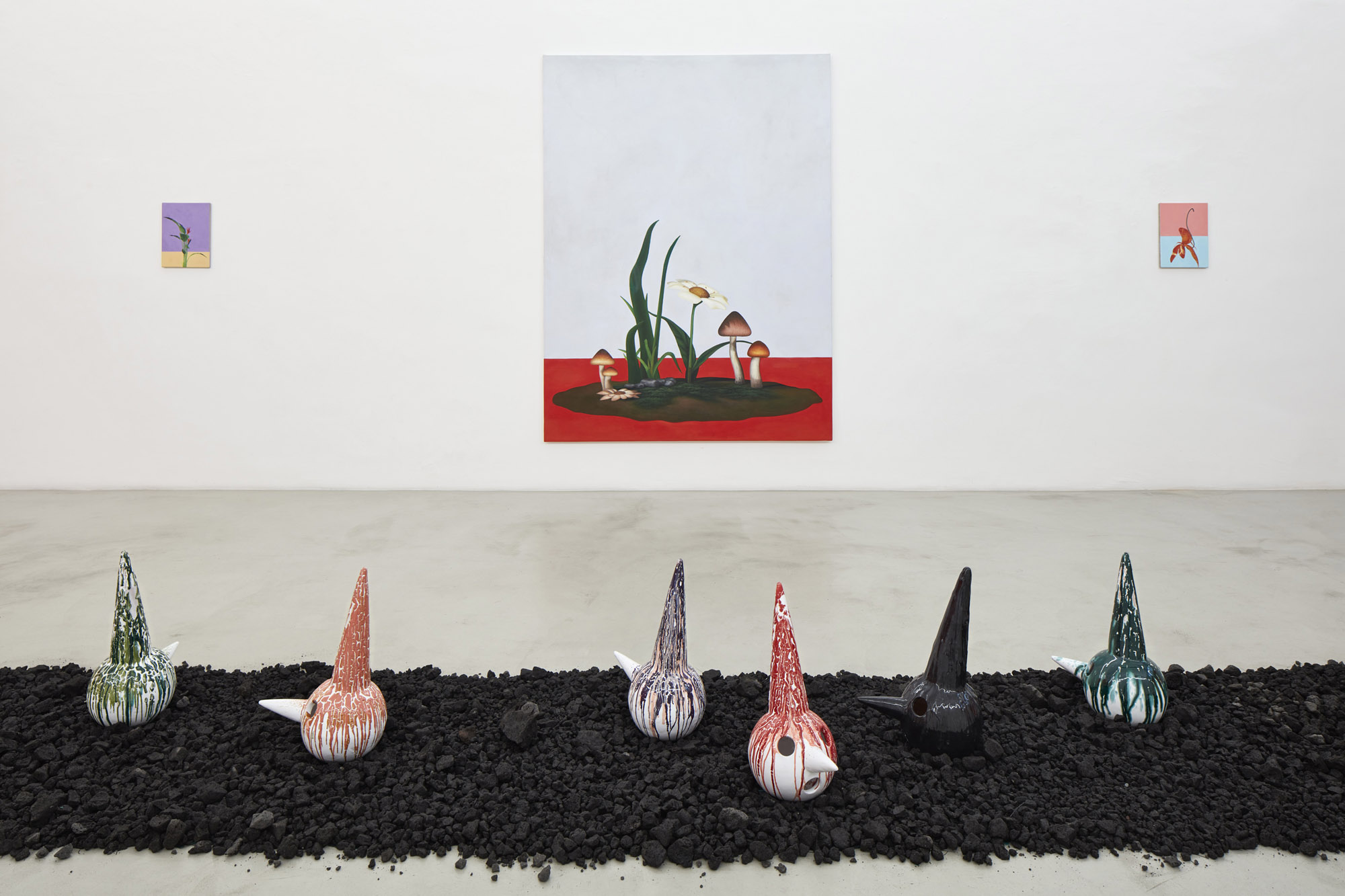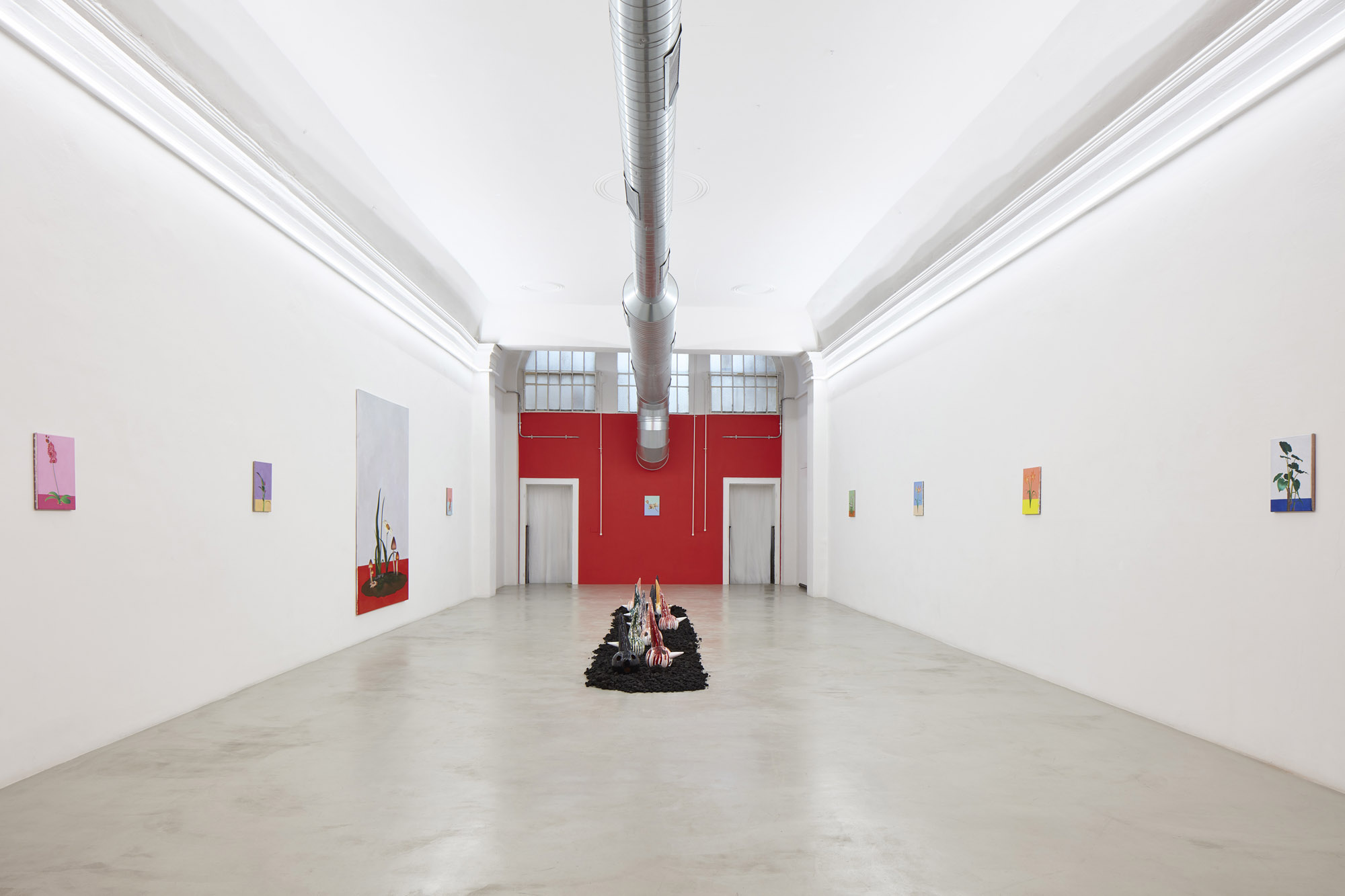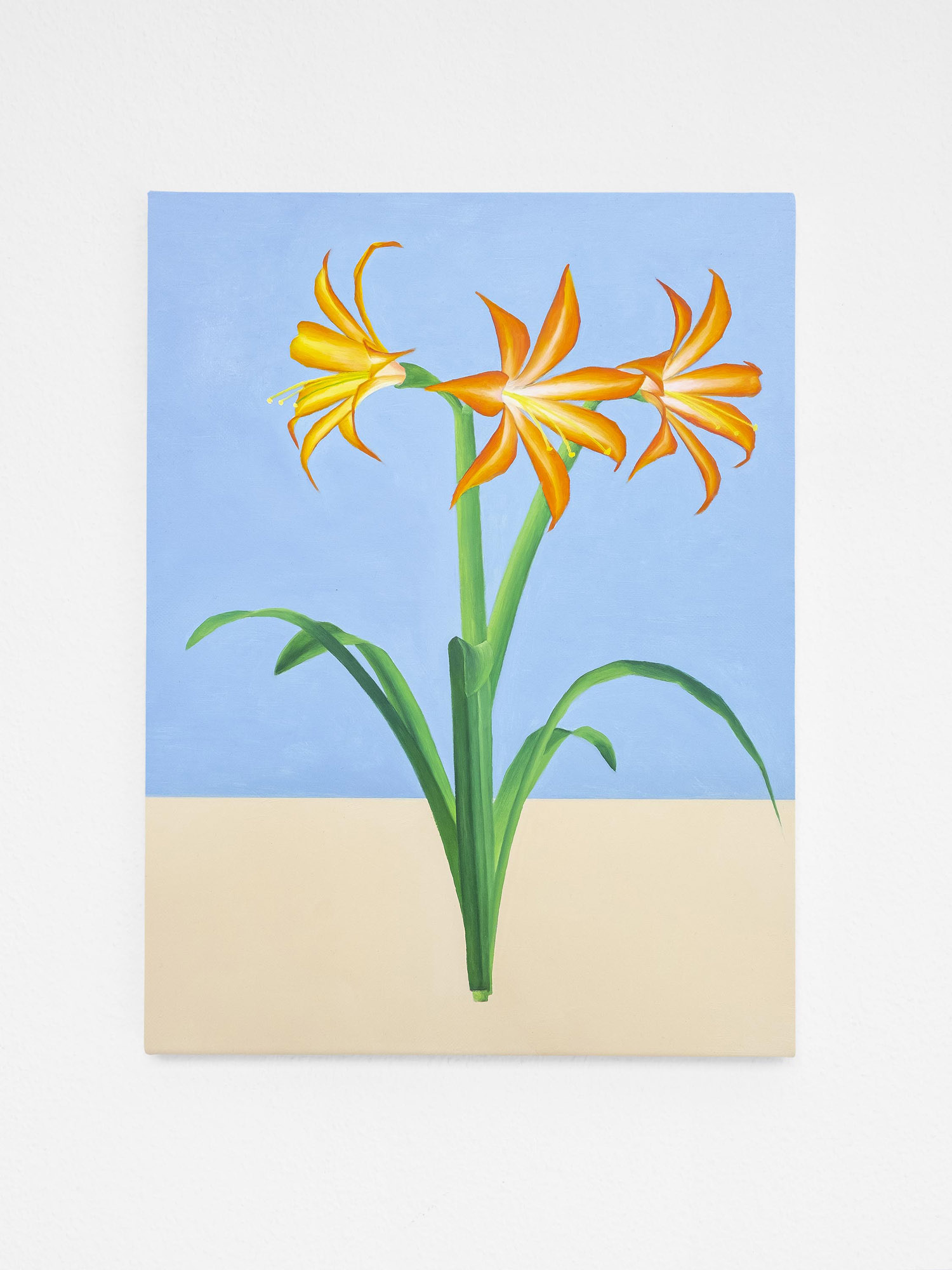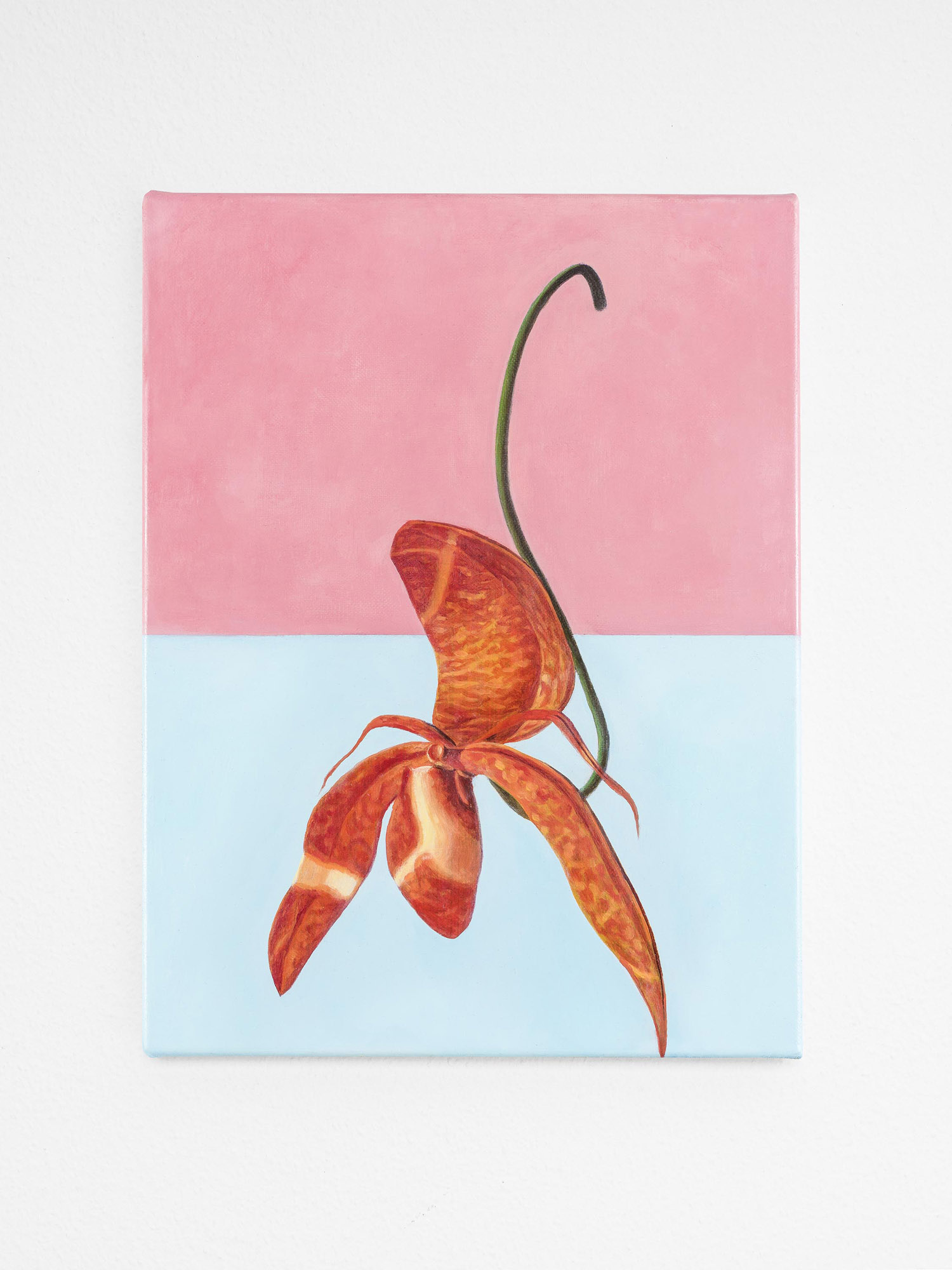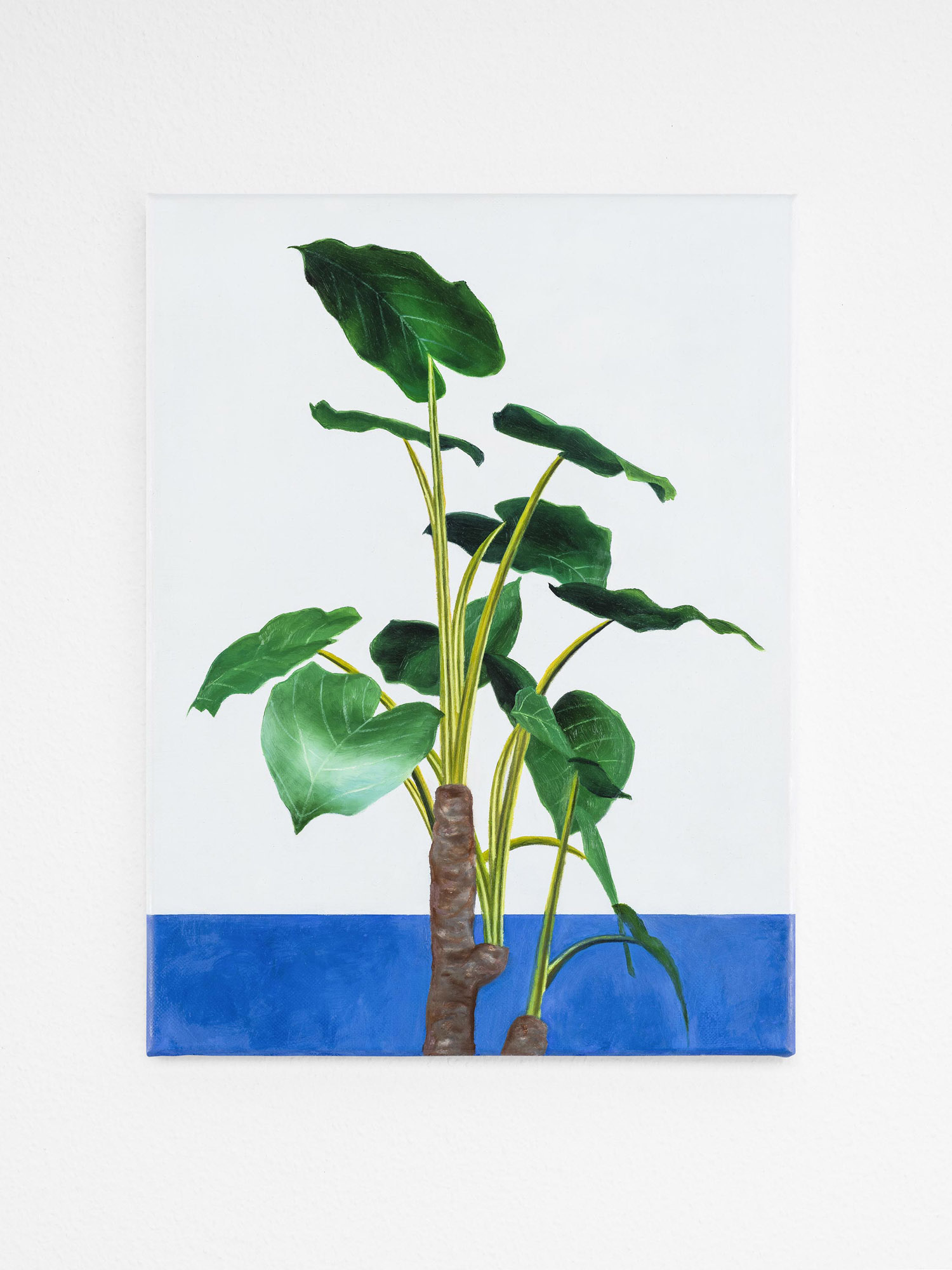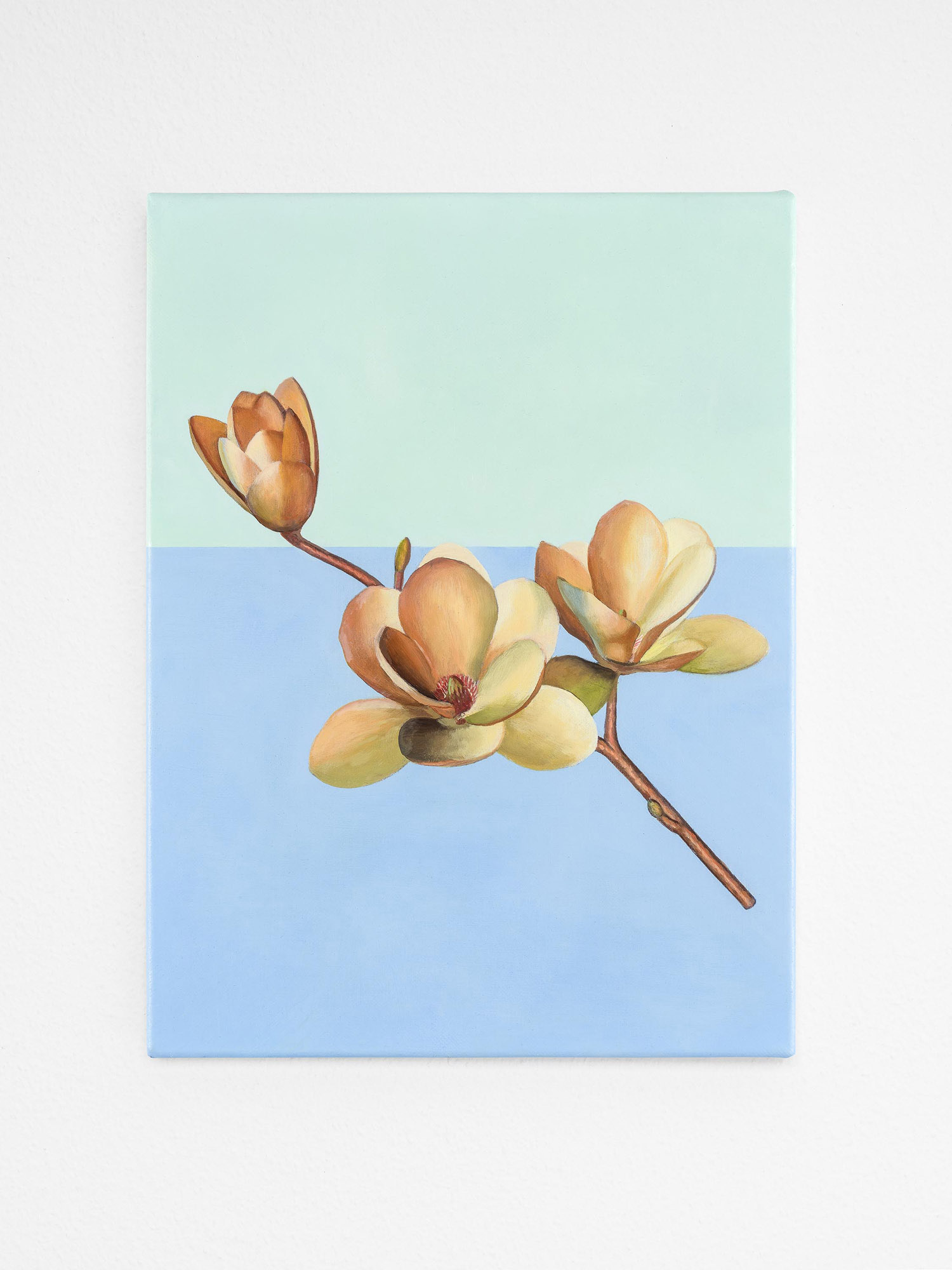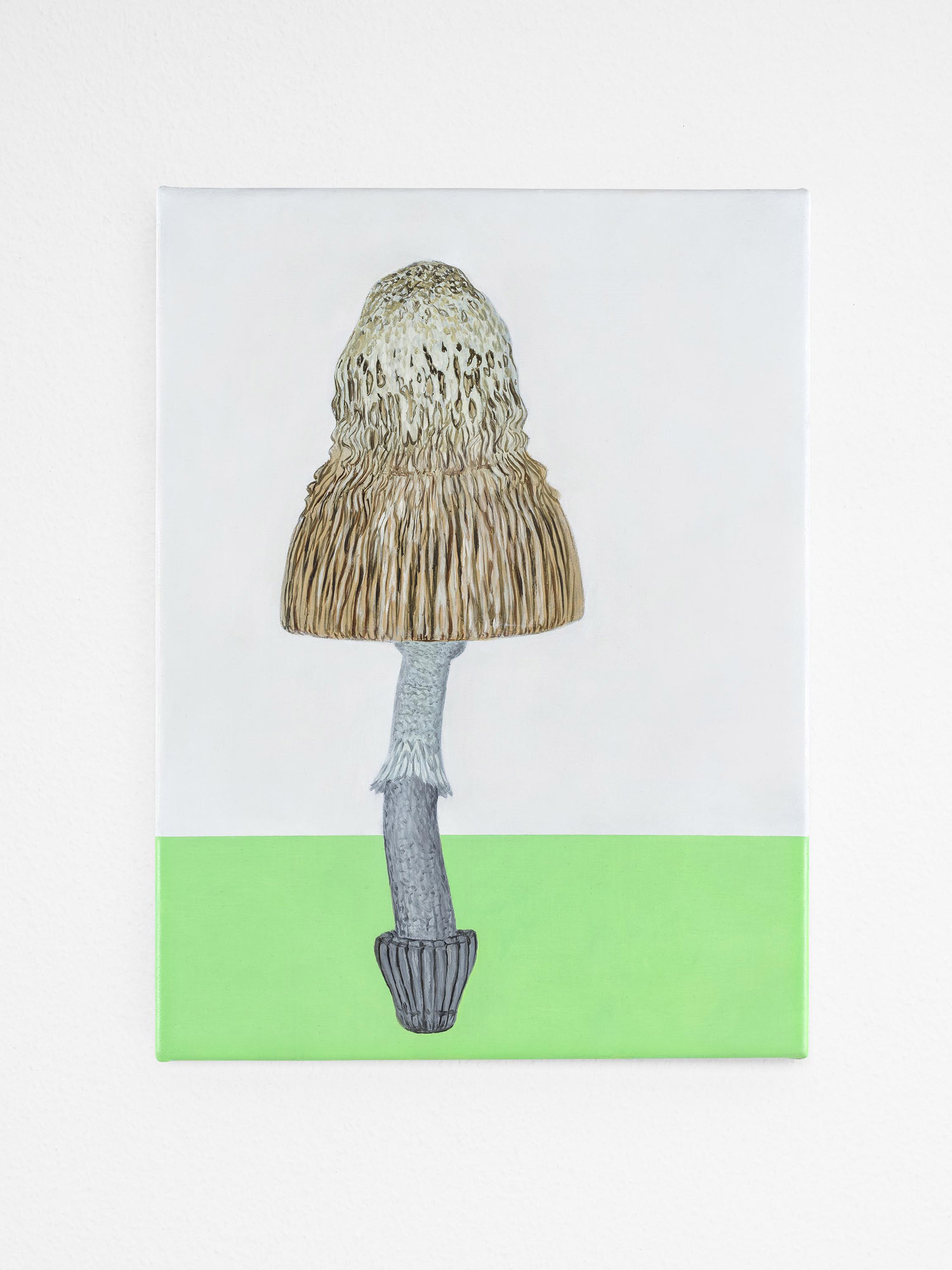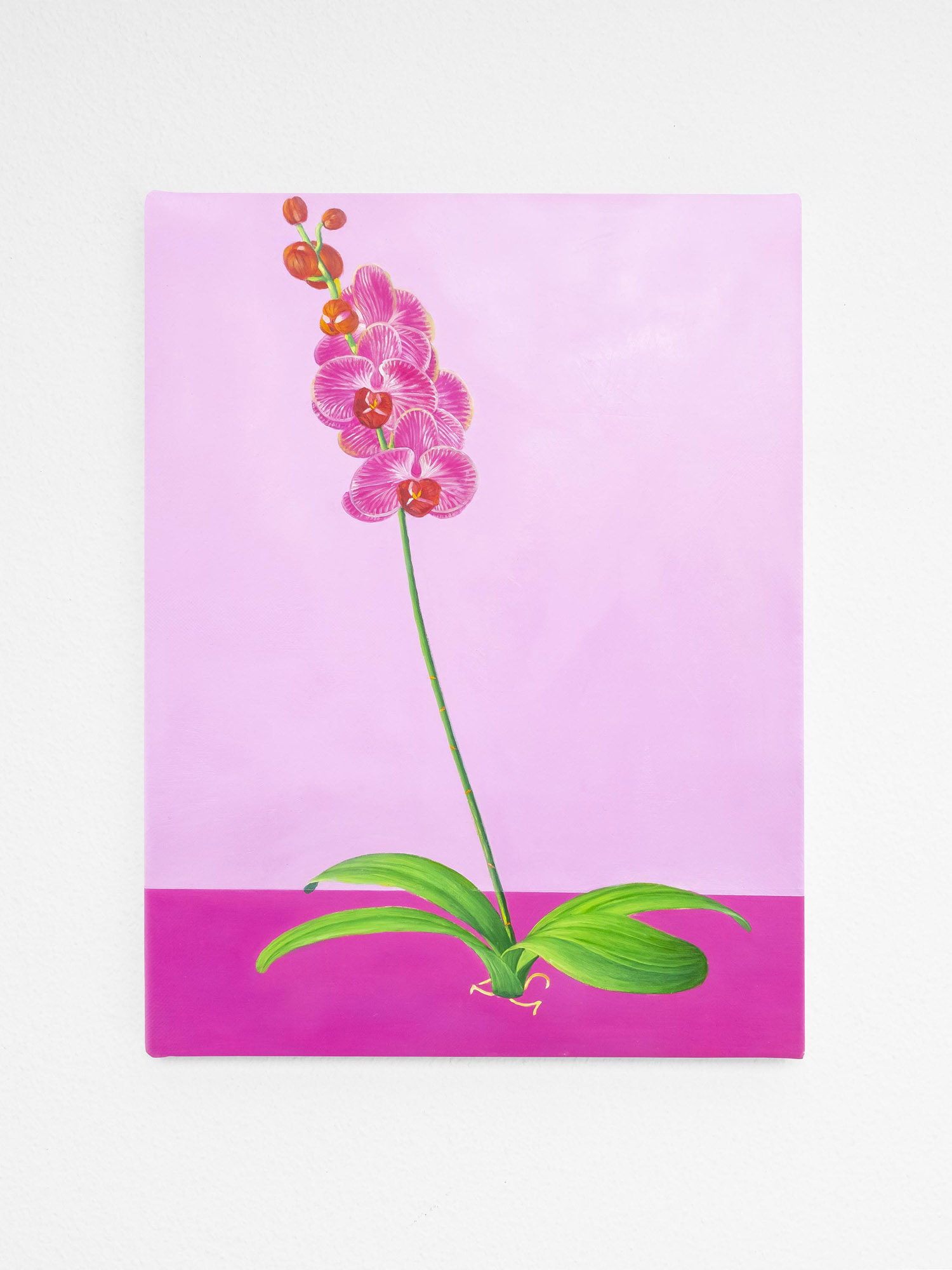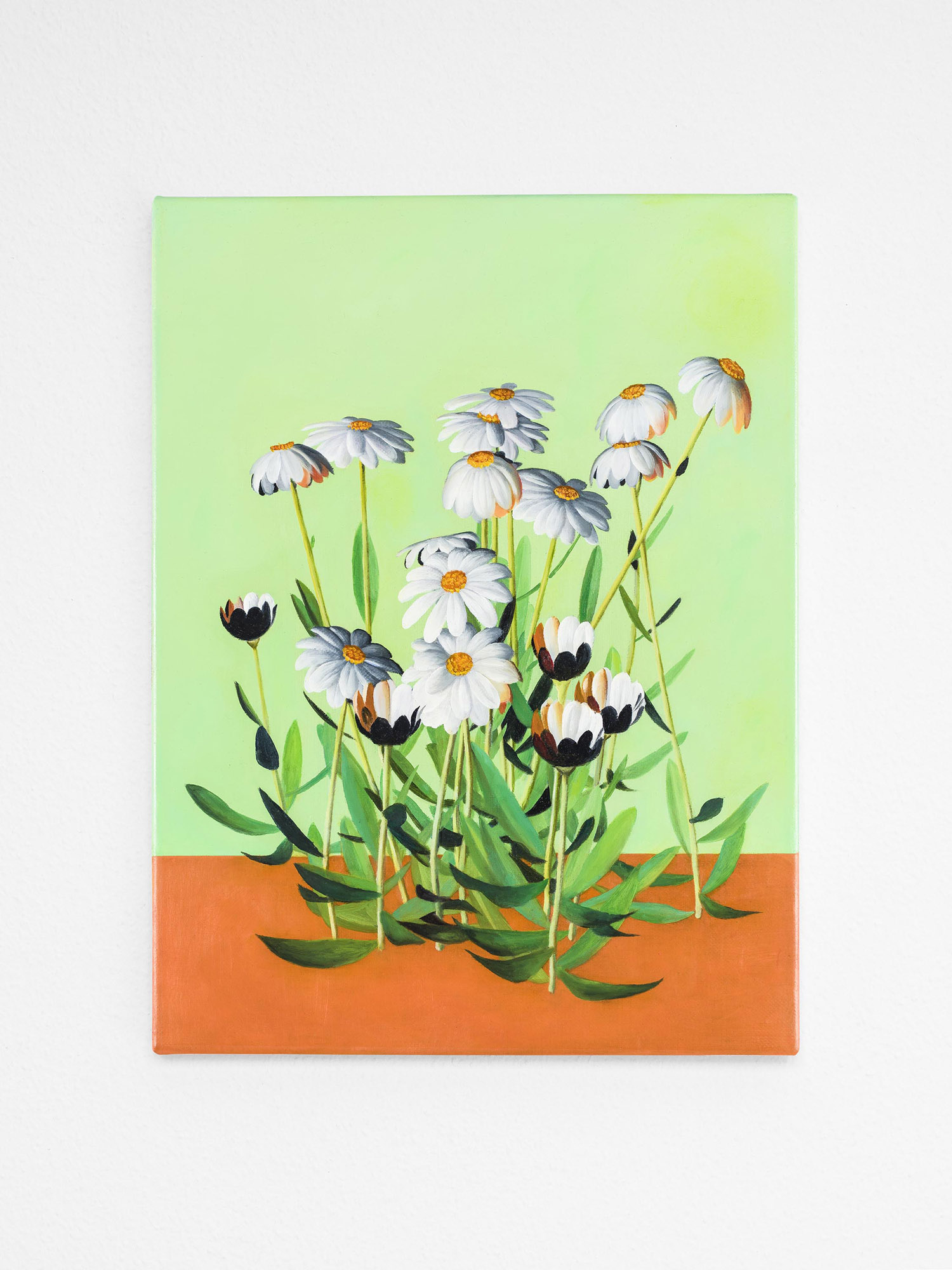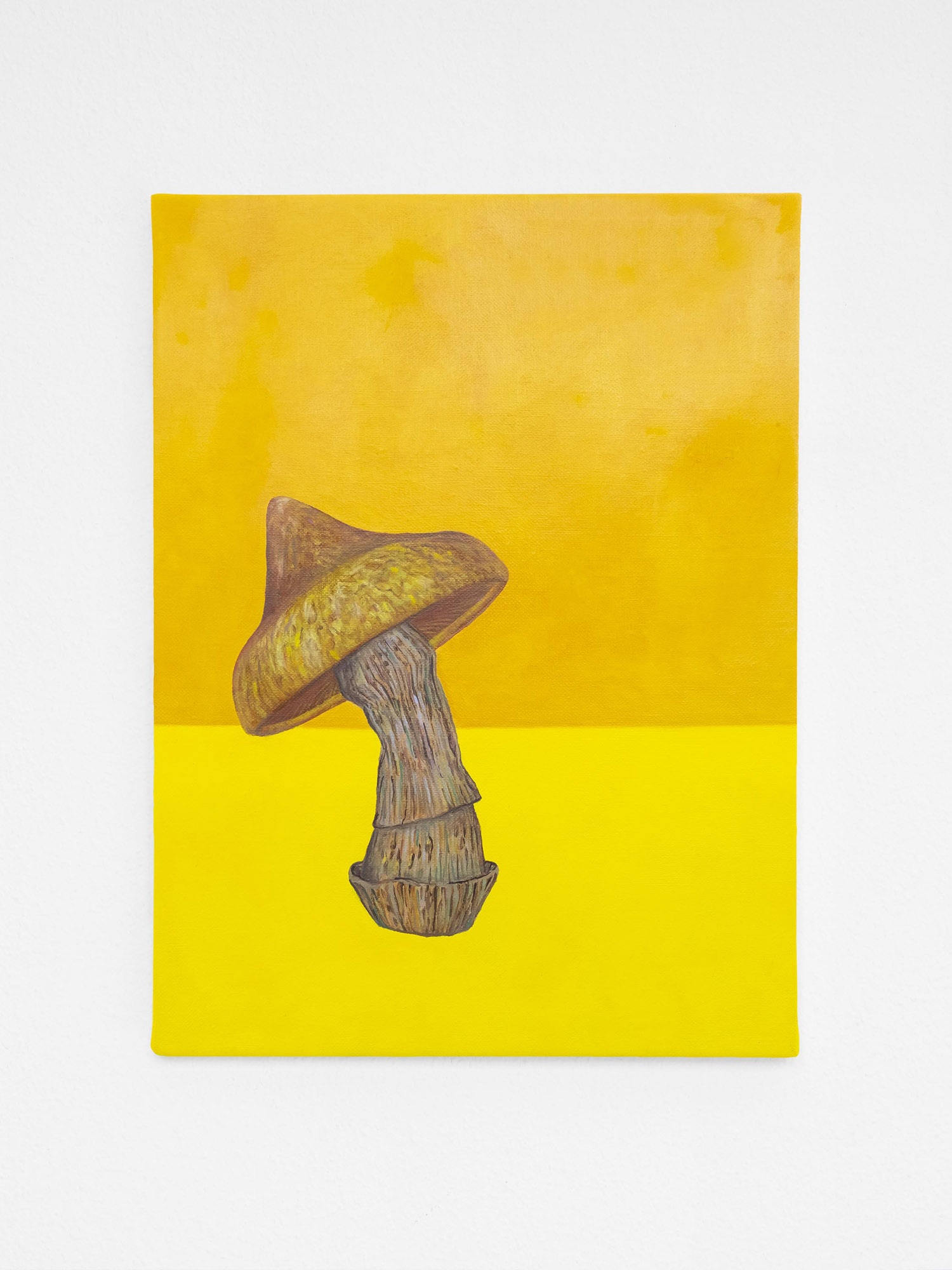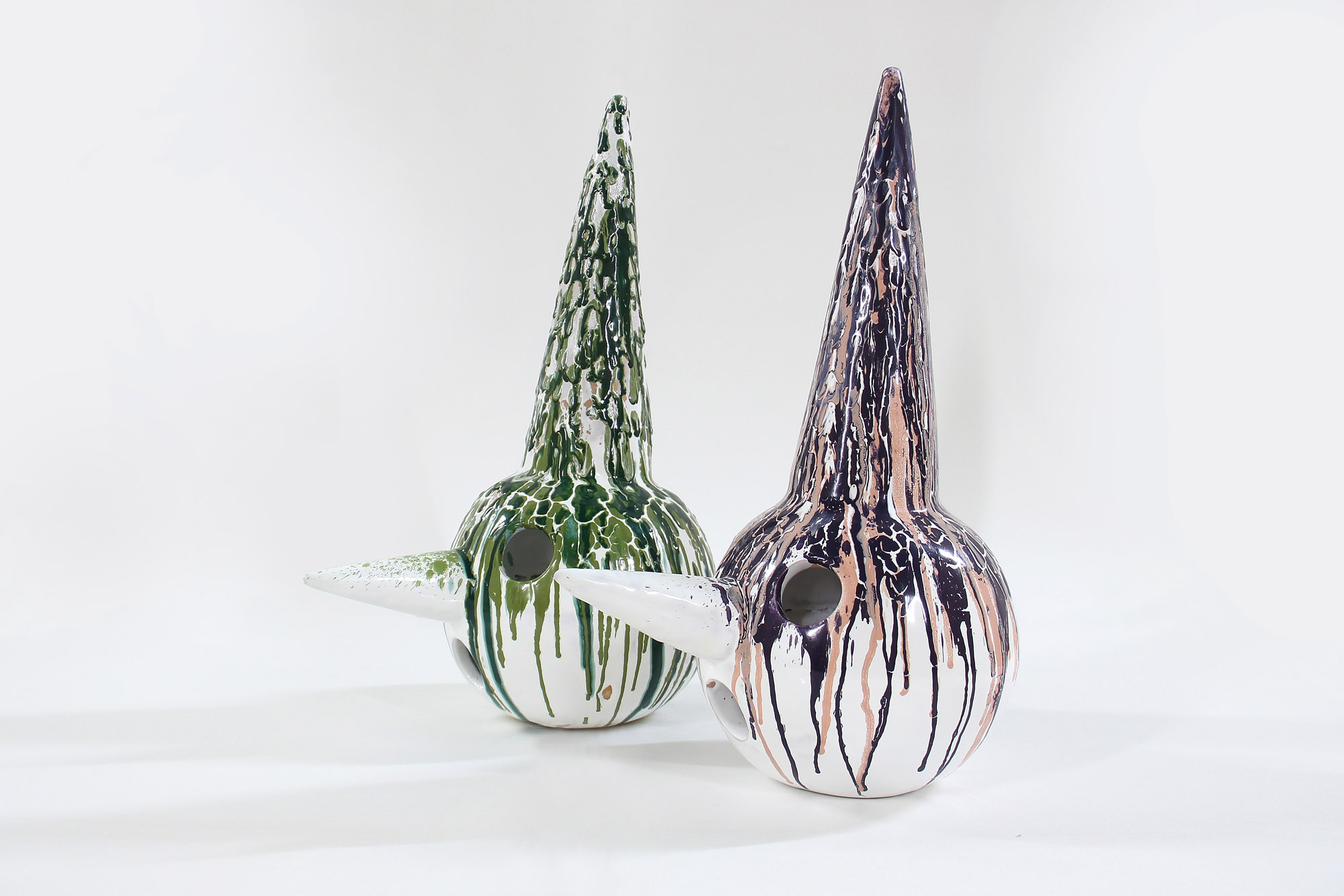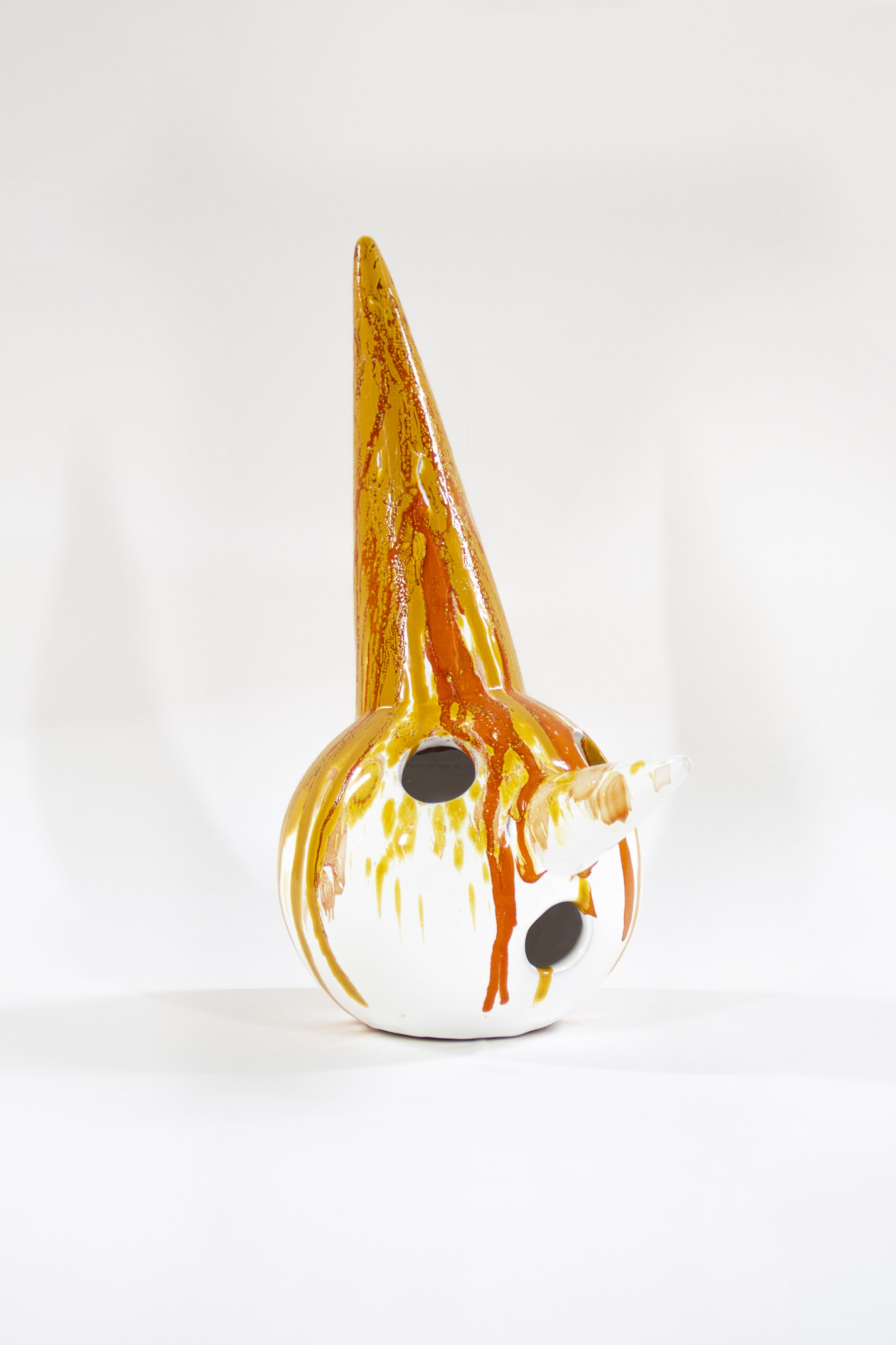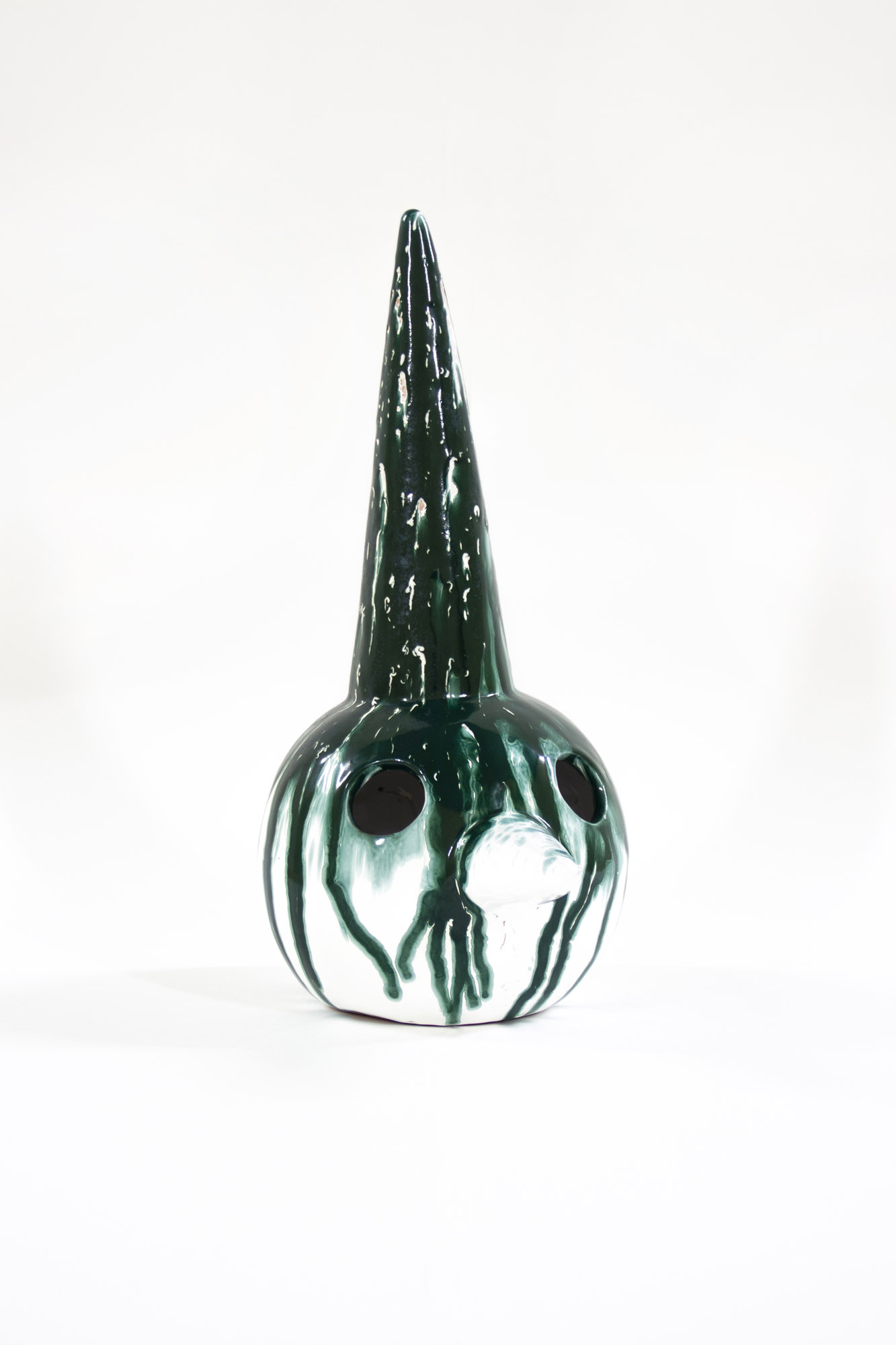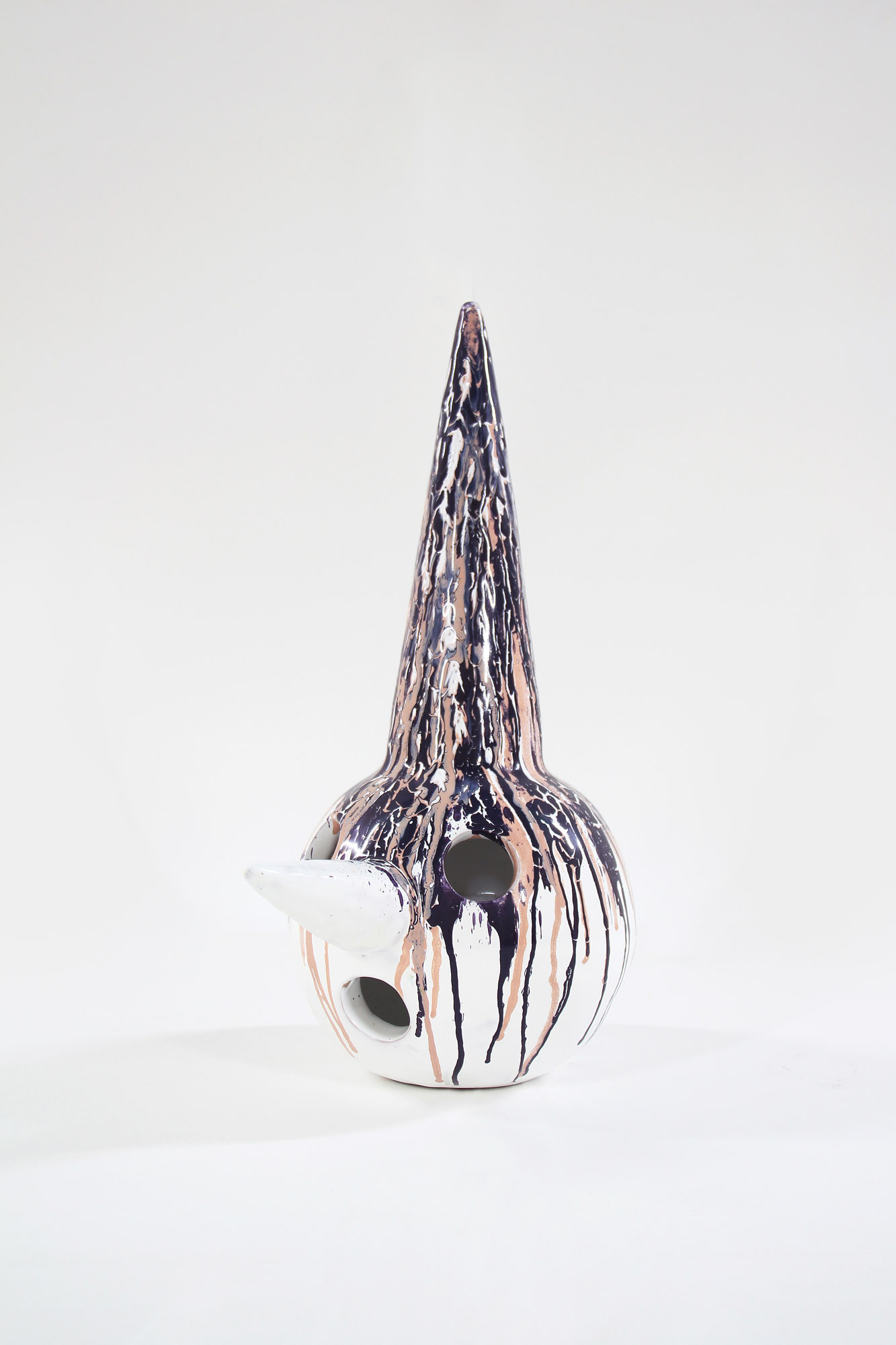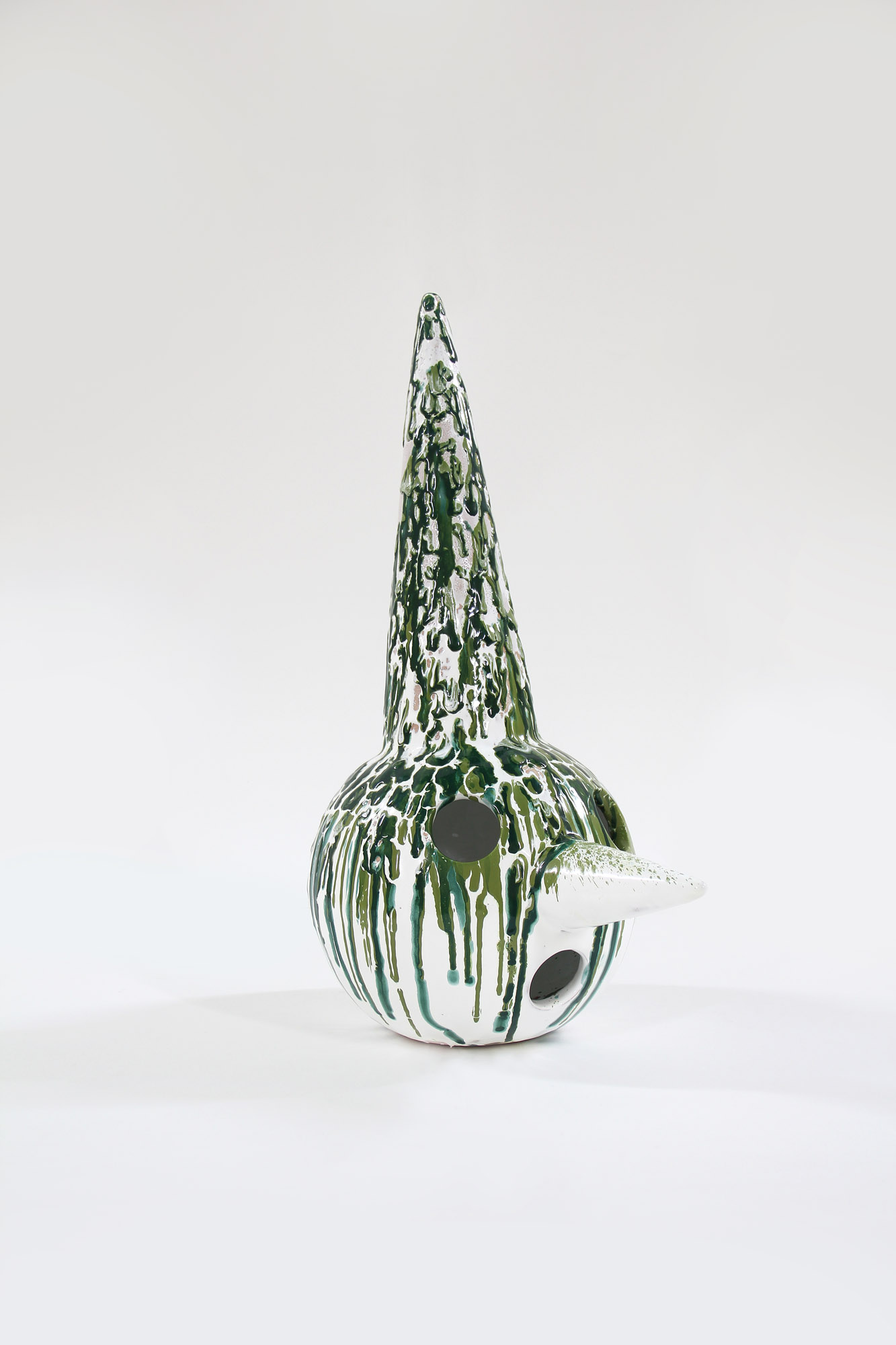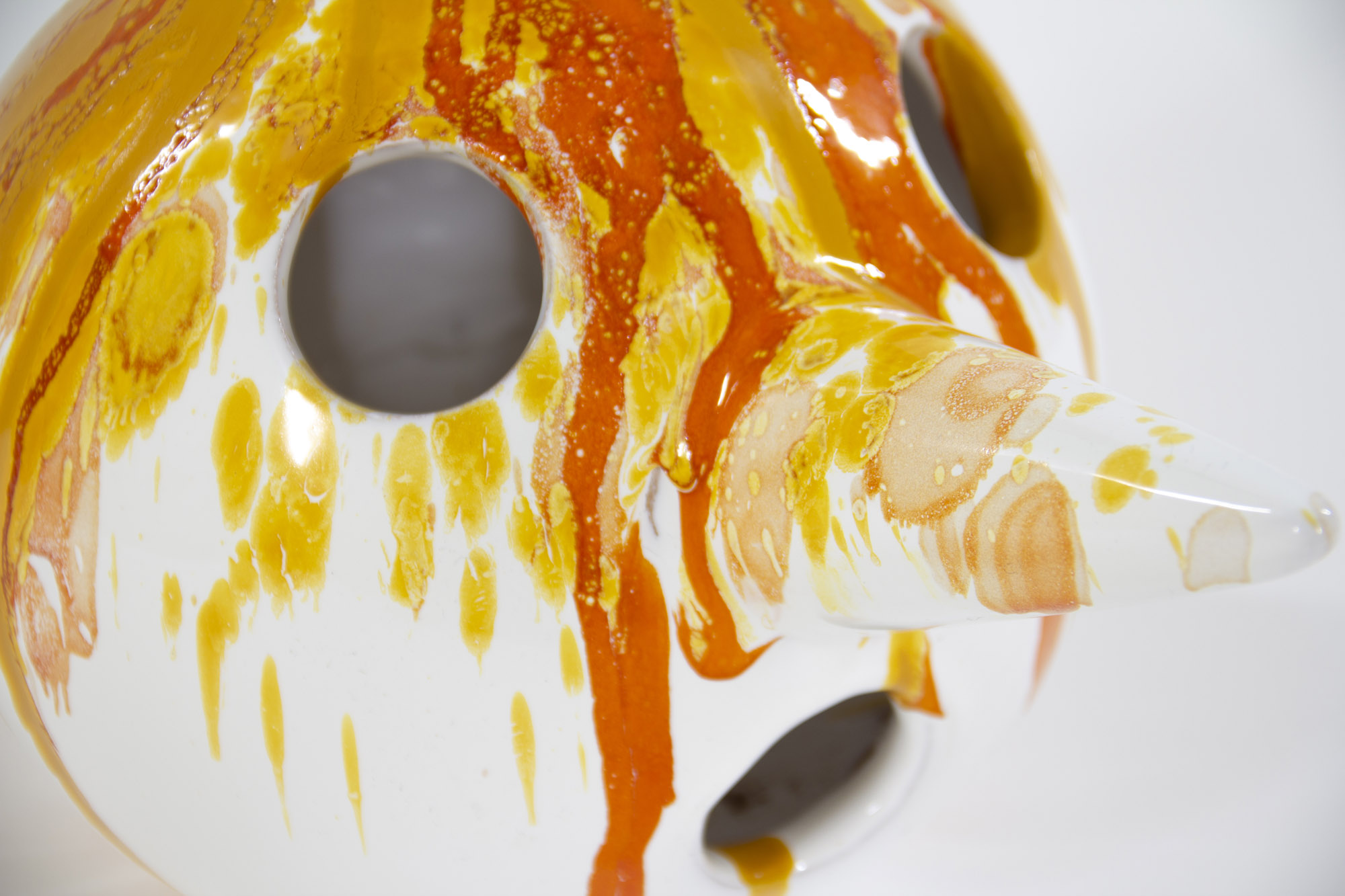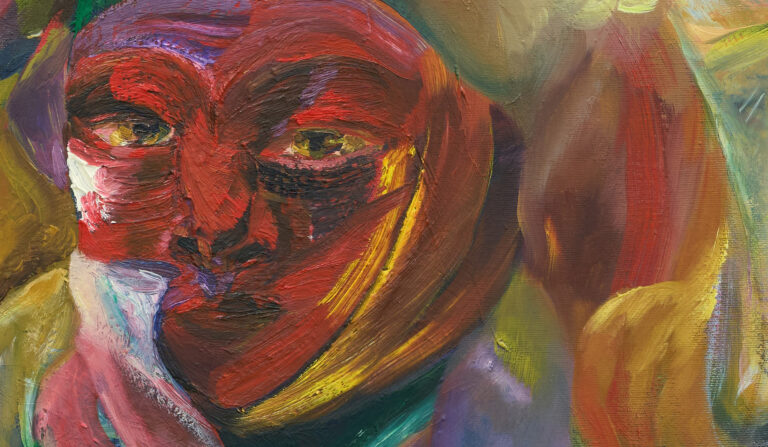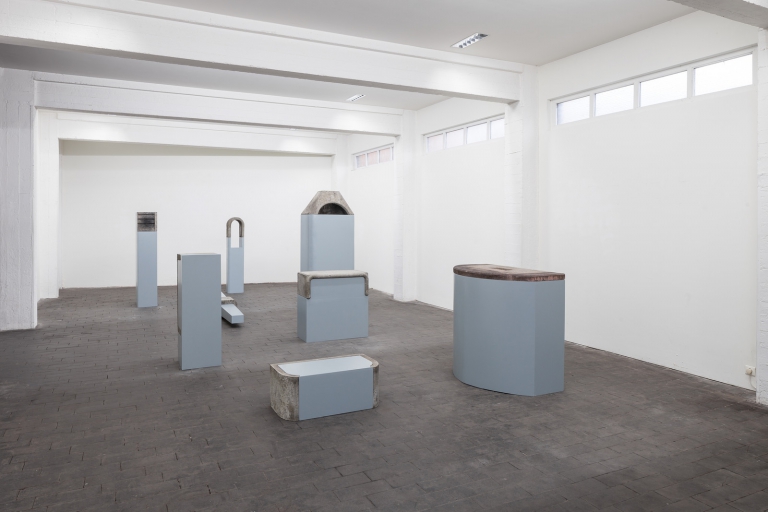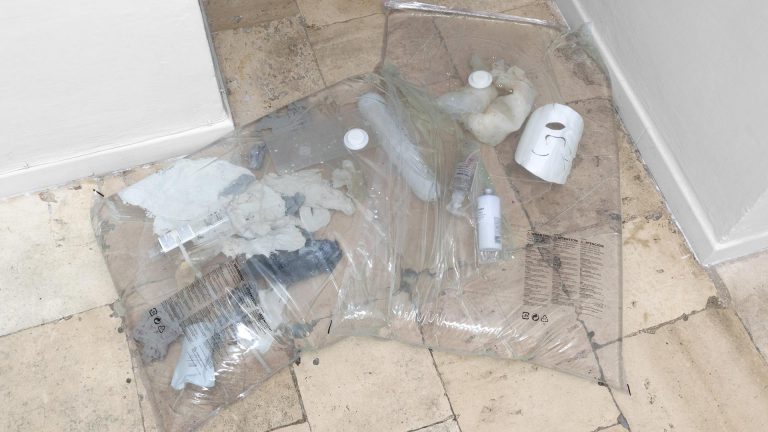Artists: Alessio Barchitta and Marius Steiger
Exhibition title: Burning Land
Curated by: Domenico de Chirico
Venue: LABS Contemporary Art, Bologna, Italy
Date: May 12 – June 11, 2022
Photography: all images copyright and courtesy of the artists and LABS Contemporary Art
LABS Contemporary Art is pleased to present “Burning Land”, a duo exhibition by Alessio Barchitta and Marius Steiger curated by Domenico de Chirico.
“Burning Land” is an exhibition that aims to investigate matter, in both realistic and metaphorical terms, in all its expressive and inspirational potential. Starting from the concept of substance, through a careful and complete investigation of the essence of organic nature, both artists focus their attention, albeit in a diversified way, on everything that is destined to change over time.
Alessio Barchitta is a young Italian artist who currently lives and works between Milan and Barcellona Pozzo di Gotto. The choice of materials is indissolubly a fundamental part of his research which is always heterogeneous and complex. From his point of view, where the material lacks peculiarities, aesthetics quickly take over to connote the subject. Starting from an ideal and dogmatic stage of neutrality, Barchitta investigates the binomials, among others, of ob-iectum and sub-iectum, meaning and signifier, public and private, comfortable and desolating, indocile and enslaved, ironic and tragic, persistent and transient.
Marius Steiger is a young Swiss artist who currently lives and works between Basel and Bern. Steiger works primarily with painting and objects creating works that combine real narratives and fiction in an austere yet romantic visual language. Steiger explores the issues of authenticity, artificiality and the relationship of human beings to modern technology.
BURNING LAND
The intent of “Burning Land” is to investigate matter, in both realistic and metaphorical terms, in all its expressive and inspirational potential. Starting from the concept of substance, through a careful and complete investigation of the essence of organic nature, both artists focus their attention, albeit in a diversified way, on everything that is destined to change over time. As in the Holbacchian System of Nature, “Burning Land” supports the break with the so-called deism and consequently with the postulate of cause and effect, referring to the principle of iuxta propria principia according to which nature must be observed in reference to itself, as it is and works in itself. Nothing is found outside of being, everything pushes the other to be what it is, in a series of spontaneous, indefinite and cyclical events. Its burning, parched and parched soil decomposes and is reborn, kicking the sap to recreate it. This constitutive approach thus becomes the spokesperson for an updated meaning of what is known as materialism, or that philosophical conception for which the only reality that can truly be said to exist is matter and everything that derives from its continuous transformation into a process that alternates between life and death and vice versa. Being always remains vital, even in passing, even in the moment of its regeneration. A flow in which everything actively participates, in which the roles of subject and object decline and in which even what is artificial is produced by the organic, as in the case of the human being, becomes part of that whirlwind game dictated unequivocally from the laws of nature which are none other than those that move the elements on a terrestrial, interplanetary, intergalactic and universal level.
It is therefore in a composite and fertile ground, which acts at the same time as fertilizer and soil, that the works of the two artists on display dialogue and reproduce: the very young Swiss artist Marius Steiger (Bern, Switzerland, 1999) works mainly with painting and the objects creating oxymoronic works that combine real narratives and fiction in an austere but romantic visual language. He explores the opposing questions of authenticity and artificiality and the relationship between human beings and modern technology, as well as considering scientific advances and laboratory experiments in the field of nutrition or genetics. Brilliant light and exceptionally sparkling colors portray, in a detailed way, mostly floral compositions which, in turn, float neatly on backgrounds made of fields of color with sharp edges so as to create pleasant and solemn landscapes, in a simulation of reality in the balance. between malaise and luxuriance; for the young Italian artist Alessio Barchitta (Barcellona Pozzo di Gotto, Italy, 1991) the choice of materials is indissolubly a fundamental part of his research which is always heterogeneous and complex. From his point of view, where the material lacks peculiarities, aesthetics quickly take over to connote the subject. Starting from an ideal and dogmatic stage of neutrality, Barchitta investigates the binomials, among others, of ob-iectum and subiectum, meaning and signifier, public and private, comfortable and desolating, indocile and enslaved, ironic and tragic, persistent and transitory. Barchitta presents a series of ceramic sculptures, a cycle of works from 2022 entitled “Fixed nail”, adorned with pours of colored glazes, which visibly recall the features of Collodi’s Pinocchio, an emblem of abulia and submission towards an arrogant and insincere world and symbol of the rejection of moral conscience, since as Benedetto Croce wrote in “The literature of the new Italy”: “the wood in which Pinocchio is cut is humanity”.
-Domenico de Chirico

